Introduction
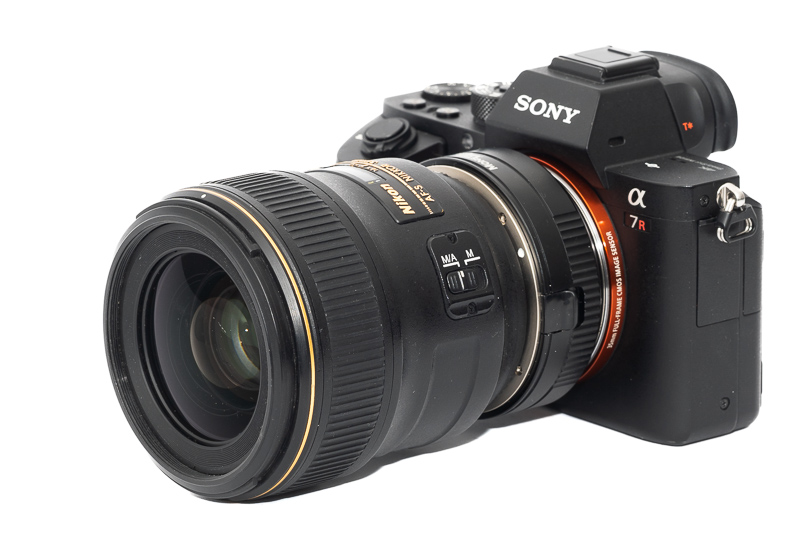
In late 2010 Nikon released this Nikon AF-S 35mm 1.4G to give Nikon shooters their first faster-than-f/2.0 35mm autofocus lens – something they have long been waiting for. When I was using Nikon DSLRs I had the 24mm 1.4G and the 85mm 1.4G and couldn’t afford to get this 35mm as well, so it ended up being the only lens of Nikon’s higher end AF-S f/1.4 lineup I never used. Now is the time to finally change that.
Sample Images
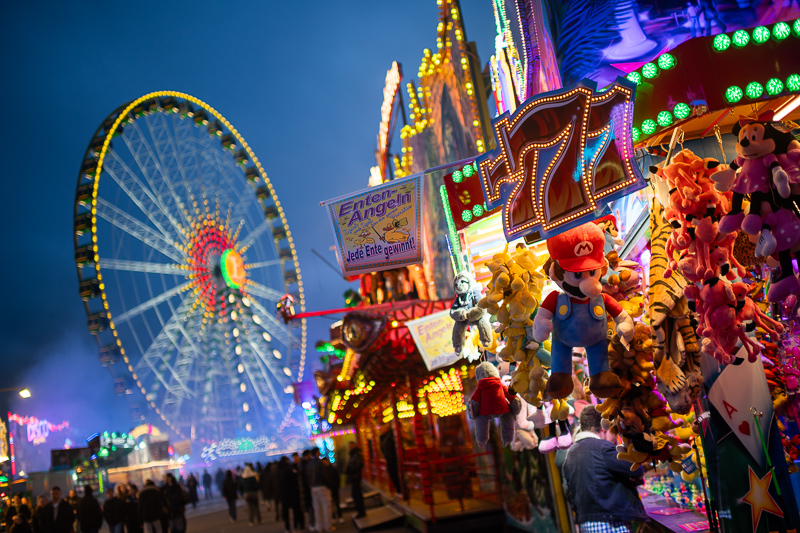

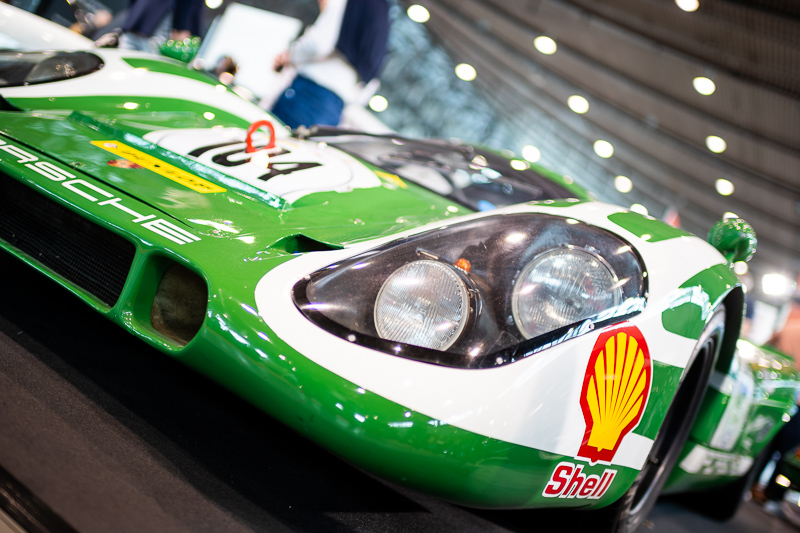
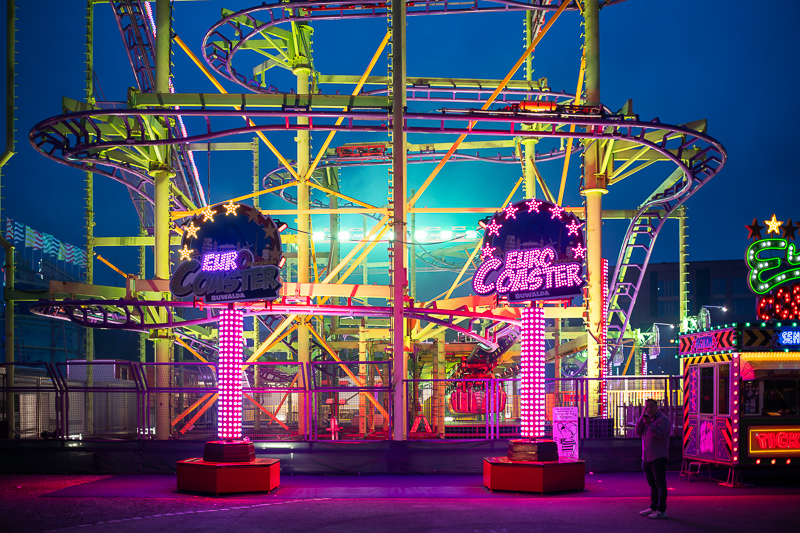


You can find many of the sample images in higher resolution here.
Contents
Specifications
So far there have only been two 35mm 1.4 lenses by Nikon. The all manual 35mm 1.4 Ai released in 1975 and this Nikon AF-S 35mm 1.4G ED N from 2010. Its full specifications are:
-
- Diameter: 83 mm
- Field of view: 63° (diagonally)
- Length: 90 mm
- Weight: 601g (without hood, without caps)
- Filter Diameter: 67 mm
- Number of Aperture Blades: 9 (rounded)
- Elements/Groups: 10/7

- Close Focusing Distance: 0.3 m
- Maximum Magnification: 1:4.8 (measured)
- Mount: Nikon F
buy from Amazon.com | Amazon.de | B&H | ebay.com | ebay.de (affiliate links) for $1.699 (new) or $550+ (used)
History
When released in late 2010, this Nikon AF-S 35mm 1.4G had been a long awaited lens, finally replacing the famous but vastly outdated Nikon 35mm 1.4 Ai from 1977. And finally giving Nikon users a better 35mm option with autofocus than the also outdated Nikon AF 35mm 2.0 from 1989.
Looking at the optical diagram of this lens you will notice a really thick second element. This is not something you see often and in fact there are only two 35mm 1.4 lenses I am aware of that use such thick elements: this Nikon AF-S 35mm 1.4G and its predecessor, the 35mm 1.4 Ai. According to Nikkor – The Thousand and One Nights – Tale 27: Nikon 35mm 1.4 Ai this thick element was needed to reduce the filter size of the original to 52mm. Now this AF-S 35mm 1.4G has a 67mm filter thread (just like the Sigma 35mm 1.4 Art also available for F-mount) and I have no idea why they still used such a thick element for this newer lens. Definitely an odd sight.
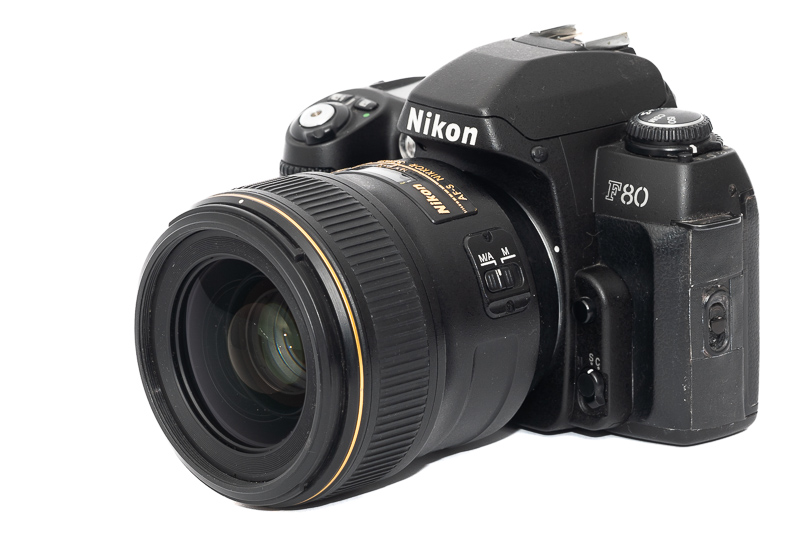
Another interesting anecdote: when this lens was released in 2010, no one thanked Nikon for its 67mm filter thread, as the professional f/2.8 zooms as well as the Nikon AF-S 24mm 1.4G and Nikon AF-S 85mm 1.4G all had a 77mm one. Ah well…
Now the reviews of this lens from back in the day have been very mixed. Many of the more technical reviews complain about mediocre sharpness at f/1.4, too high CA, too high Coma, too high Astigmatism. The reviews of people that actually take pictures mention the nice bokeh, but also complain about the slow autofocus.
This was the only lens of Nikon’s higher end AF-S f/1.4 F-mount lineup I didn’t use myself yet, so I thought it is finally time to buy one of these and come to my own conclusion.
Handling/Build quality
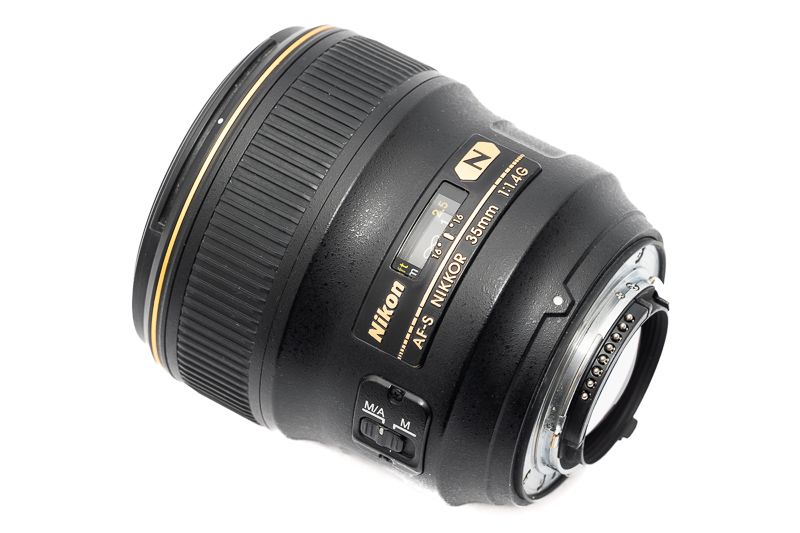
This Nikon AF-S 35mm 1.4G is part of Nikon’s higher end f/1.4 lineup together with the 24mm 1.4G, 28mm 1.4E, 58mm 1.4G, 85mm 1.4G and 105mm 1.4E. All these lenses feature a very similar casing design.
The outer casing seems to be mostly made from high quality polycarbonate which is also true for the filter thread. There is a rubber gasket to be found at the bayonet.
The focus ring features a mechanical coupling to the helicoid (no focus by wire) and it takes a little more than 90° from the minimum focus distance (0.3 m) to infinity.
The resistance is okay, not as nice as a real manual lens or some of Sigma’s better lenses.
Many Nikon AF-S G-lenses show some slack when changing the direction of rotation on the focus ring and interestingly – unlike the very similar Nikon AF-S 24mm 1.4G – this 35mm 1.4 does not seem to be one of those.
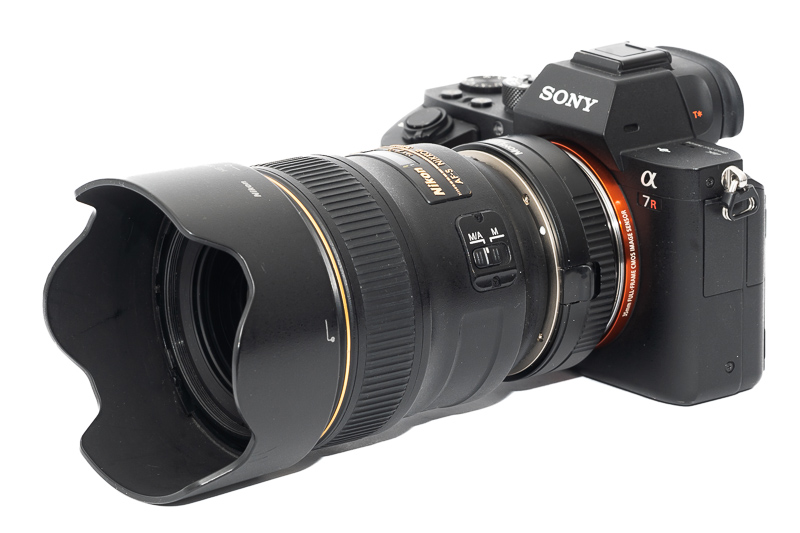
A plasticky bayonet type lens hood it also part of the package. It can be mounted reversed for transport.

This Nikon AF-S 35mm 1.4G is almost the same size as the Nikon AF-S 24mm 1.4G, but interestingly only features a 67mm filter thread.
This is a “G” lens without aperture ring, but you can buy dumb adapters – that allow to change the aperture value – to adapt this as a manual focus lens to all kinds of mirrorless cameras.
If you want to make use of the AF on a Sony E-mount camera you need a fancier adapter. I tried the Commlite adapter in the past and that has been an awful experience. I can recommend the Monster LA-FE1 and LA-FE2 adapters though, both are compatible to this lens.
If you are a Z-mount user this lens should work very well on the FTZ adapters.
AF performance
When the f/1.4 AF-S primes hit the market some people were put off by their AF speed, as usually – especially when directly comparing the Nikon AF-S 85mm 1.4G to the Nikon AF 85mm 1.4D – the newer AF-S lens actually focused slower than the older screwdriven one. Nikon at that time claimed the AF-S f/1.4 prime lenses are geared towards higher focus accuracy instead of speed.
On the Sony E-mount cameras this lens also focuses surprisingly well in AF-C mode via the Monster LA-FE1 and LA-FE2 adapters (not in video mode though).
Vignetting
light falloff
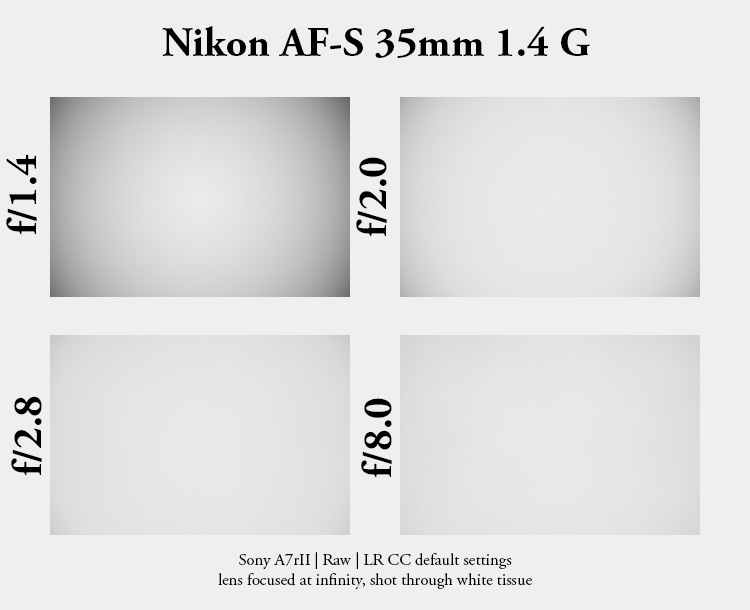
| f/1.4 | 2.7 EV |
| f/2.0 | 1.7 EV |
| f/2.8 | 1.0 EV |
| f/4.0 - f/16 | 0.7 EV |
At f/1.4 the vignetting values of this Nikon AF-S 35mm 1.4G are very similar to other 35mm 1.4 lenses like the Sigma 35mm 1.4 Art, Sony FE 35mm 1.4 GM and Sony FE 35mm 1.4 ZA. Stopped down this Nikon as well as the Sigma 35mm 1.4 Art show about half a stop less vignetting compared to the lenses designed for mirrorless cameras.
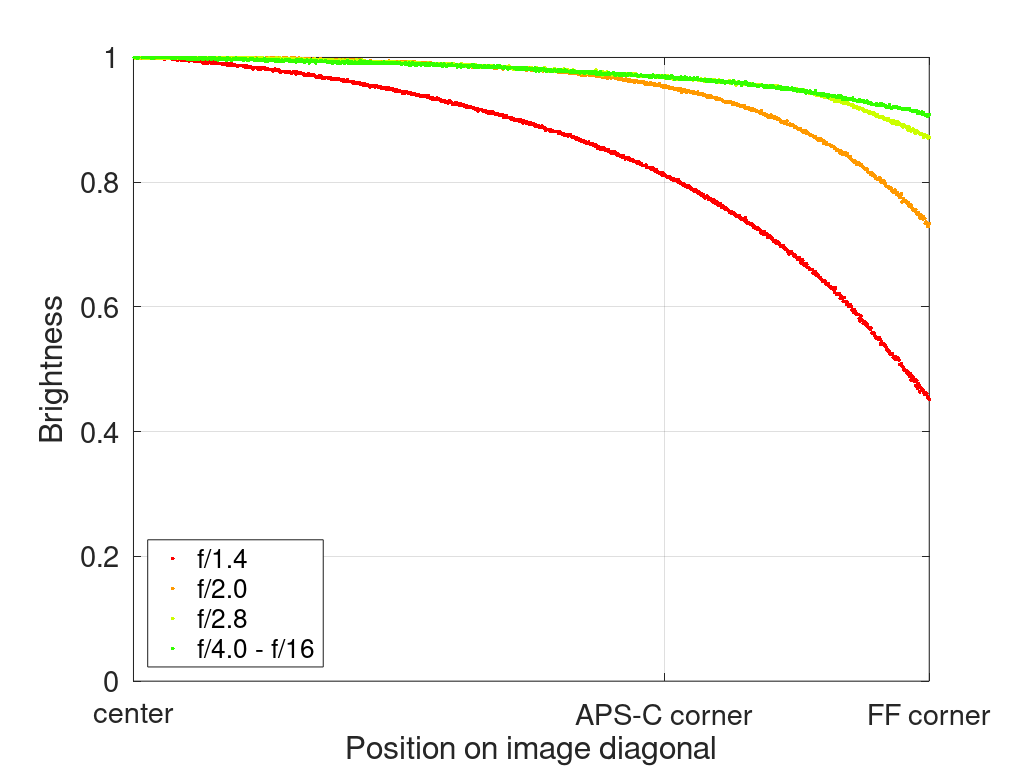
It is recommended to have a look at this article first to get an idea how this brightness graph works.
optical vignetting
Fast lenses usually show a noticeable amount of optical vignetting. Without going too much into technical details optical vignetting leads to the truncation of light circles towards the borders of the frame.
In the center of the frame almost every lens will render a perfect circle, but only lenses with very low optical vignetting will keep this shape in the corners.
So in the following comparison we move from the center (left) to the extreme corner (right) and see how the shape of the light circle changes.
I shot both lenses set to 0.7 m focus distance, but not side-by-side, so the size of the circles is not directly comparable.
Also here the Nikon AF-S 35mm 1.4G shows a typical performance for a 35mm 1.4 lens. The optical vignetting is slightly higher compared to the Sigma 35mm 1.4 Art and also the mirrorless designs like the Sony FE 35mm 1.4 ZA and Sony FE 35mm 1.4 GM, the differences are not big enough to get excited about though. The benefit of the Sony FE 35mm 1.4 GM is that at f/2.0 it shows noticeably rounder highlights in the corners though, that look more natural to me.
We also see onion ring structures caused by the aspherical element, here the Nikon does slightly better than the Sigma 35mm 1.4 Art from the DSLR era.
Sharpness
MTF-Graphs
For its time the MTF graphs of this Nikon AF-S 35mm 1.4G look decent to good. High contrast and resolution in the central part of the frame but some astigmatism towards the corners and a generally significant drop in performance in the corners – similar to the Nikon AF-S 24mm 1.4G released half a year earlier.
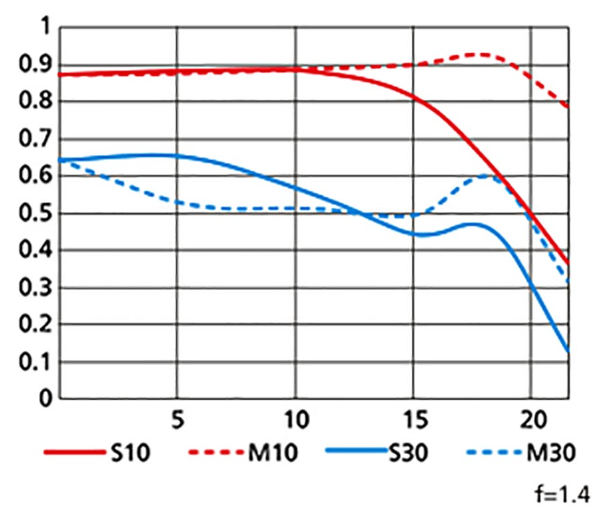
These MTF-Graphs usually show calculated values that do not take into account manufacturing tolerances and sample variation. Furthermore they are usually calculated for infinity, so in the field and shooting at different distances a noticeable variation may be visible.
Thanks to Lensrentals.com we have some data of actual lenses though and I thought it might be a good idea to compare these graphs to those of the Sony FE 35mm 1.4 ZA from 2015 and the Sigma 35mm 1.2 Art DG DN which was released in 2019:
As was already the case for the Nikon AF-S 24mm 1.4G, the measured values of this 35mm 1.4 for contrast (10 lp/mm) are actually higher than Nikon’s calculated values.
The 30 lp/mm (resolution) graphs look very similar, as both show a bit of a midzone dip. Interestingly also here the averaged out measured samples look better than Nikon’s calculated graphs.
The Sony FE 35mm 1.4 ZA is a lens that was known to render a nice bokeh, but also for having some trouble with longitudinal CA and especially sample variation. It was one of the earlier Sony FE lenses and its measured performance at infinity is similar to this Nikon lens.
The Sigma 35mm 1.2 Art DG DN is one of the highest resolving 35mm lenses ever made, and what is more impressive: it isn’t an f/1.4 lens, but f/1.2. It shows an amazing performance already at f/1.2, easily outclassing earlier 35mm f/1.4 lenses. That optical quality comes at a price though, as this Sigma is huge and weighs more than 1 kg.
Focus Shift
With some lenses on stopping down the focal plane shifts to the front or back, which can be an issue on (D)SLRs, as here the focus is usually obtained with the lens set to its maximum aperture.
This Nikon AF-S 35mm 1.4G does not seem to have any issues with focus shift.
infinity (42mp Sony A7rII)

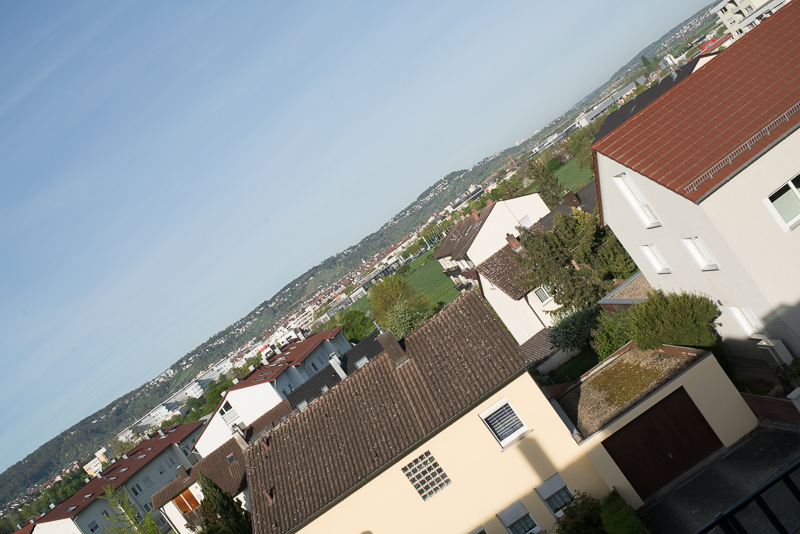
The MTF graphs didn’t lie to us. Neither the midframe nor the corners are something to write home about until the lens is stopped down to at least f/5.6. The center shows high contrast at f/1.4, but also some color aberrations.
The Nikon AF-S 24mm 1.4G from the same year actually shows a very similar performance, albeit with less color aberrations. The sample of the Sony FE 35mm 1.4 ZA I had for a review actually performed a bit worse at wider apertures, but it is also known for a ridiculous amount of sample variation.
To put things into perspective: the latest high end fast 35mm lenses like the Sony FE 35mm 1.4 GM and Sigma 35mm 1.2 Art DG DN perform better at infinity at f/1.4 and f/1.2, than this Nikon lens does at any aperture.
portrait distance (1.0 m, 42mp Sony A7rII)
For portraiture it isn’t so important how flat the field is, it is more interesting to see what the sharpness is like when focused at different parts of the frame to take field curvature out of the equation.

This is what I did here, I refocused for every shot and aperture to get the best possible result at different locations in the frame (center, inner midframe and outer midframe).
Focus distance was roughly 1.0 m and the circle of the dollar bill is more or less the size of a human eye.
f/1.4 <————> f/2.0
Looking at those crops I have to say, this Nikon AF-S 35mm 1.4G is a bit of a soft lens at f/1.4, at least by my standards. While unsurprisingly the Sony FE 35mm 1.4 GM and Sigma 35mm 1.2 Art DG DN perform noticeably better here, that is also true for the Nikon AF-S 24mm 1.4G, the Sony FE 35mm 1.4 ZA and even the Laowa 35mm 0.95 Argus looks better in the center and inner midframe at f/0.95 than this Nikon lens does at f/2.0.
close (0.3 m, 1:4.8, 42mp Sony A7rII)
At these close distances the Nikon AF-S 35mm 1.4G performs comparably well. It features a similar maximum magnification as the Nikon AF-S 24mm 1.4G, but has less issues with spherical aberration at f/1.4.
Also at very close distances theSony FE 35mm 1.4 GM and Sigma 35mm 1.2 Art DG DN are showing a near impeccable performance, looking hardly worse at their maximum aperture than stopped down by two or three stops.
Flare resistance
As always evaluating flare is a complex matter since you can get any lens to look bad if you push it hard enough and a slight change of scenario can affect results a lot.
This Nikon AF-S 35mm 1.4G was one of the first lenses to feature Nikon’s fancy “Nano coating”. Personally, I consider it one of the better coatings, as it generally keeps contrast on a high level, even in backlit scenarios. Going by my experiences with the Nikon AF-S 24mm 1.4G that uses the same technology my hopes weren’t too high though.
Stopped down a bunch of different artefacts may appear:
At the maximum aperture the situation is a bit better, but here some veiling flare can appear:
I rate the performance a bit better compared to the Nikon AF-S 24mm 1.4G. Talking about 35mm lenses the Sony FE 35mm 1.4 GM is one of the best performers in this category, the Sigma 35mm 1.2 Art DG DN, Sigma 35mm 1.4 Art and Sony FE 35mm 1.4 ZA all show a similar performance to this Nikon lens.
Coma
Only the latest 35mm 1.4 lenses designed for DSLRs corrected this aberration reasonably well and this Nikon AF-S 35mm 1.4G is not one of those. At f/1.4 to f/2.0 we see noticeable Coma, from f/2.8 the correction is pretty good – very similar to the Sigma 35mm 1.4 Art for DSLRs.
Some of the latest fast 35mm lenses designed for mirrorless cameras (e.g. the Sony FE 35mm 1.4 GM or the Sigma 35mm 1.2 Art DG DN) manage to correct this aberration near perfectly from their maximum aperture.
Distortion
The Nikon AF-S 35mm 1.4G shows a noticeable, slightly wavy barrel distortion. A correction profile in Lightroom is available that does a very good job at correcting it.
Bokeh

Okay, so we figured out this is not the sharpest lens. But maybe it draws a bokeh so beautiful, that we can easily overlook that. Let’s try to find out about that.
Close distance

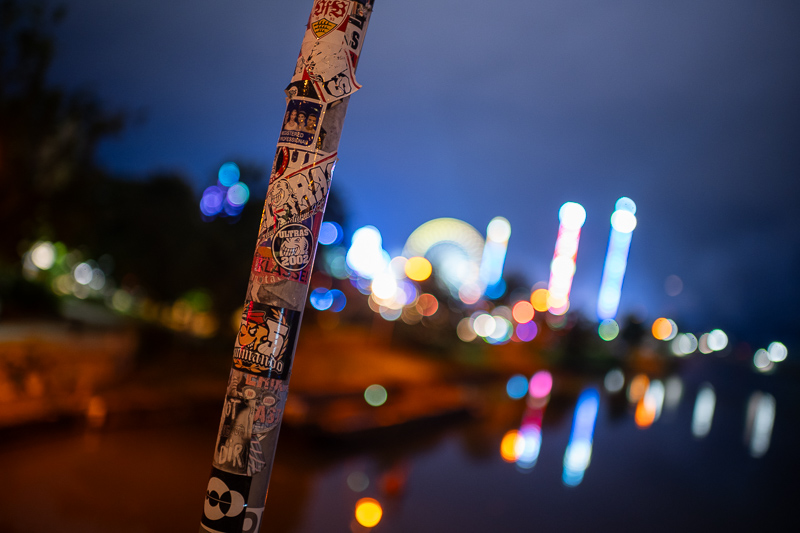

At close distances this Nikon AF-S 35mm 1.4G has a bit of a “classic” bokeh rendering. It isn’t as busy as say a Voigtländer 35mm 1.4 Classic, but we certainly see some busier out of focus rendering thanks to noticeable outlining of the out of focus highlights. It actually reminds me a bit of the Leica 35mm 1.4 FLE here.
The last picture above is also a good reminder why you shouldn’t get too close to faces with a wide angle lens.
Mid distance


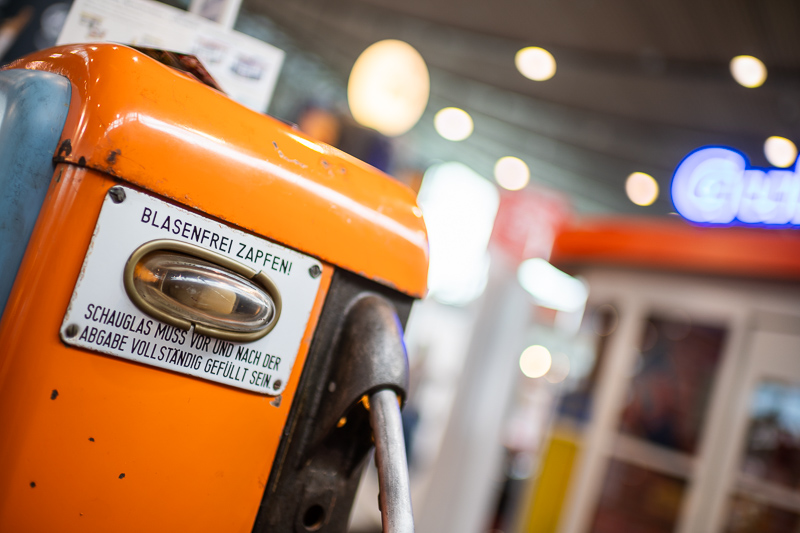
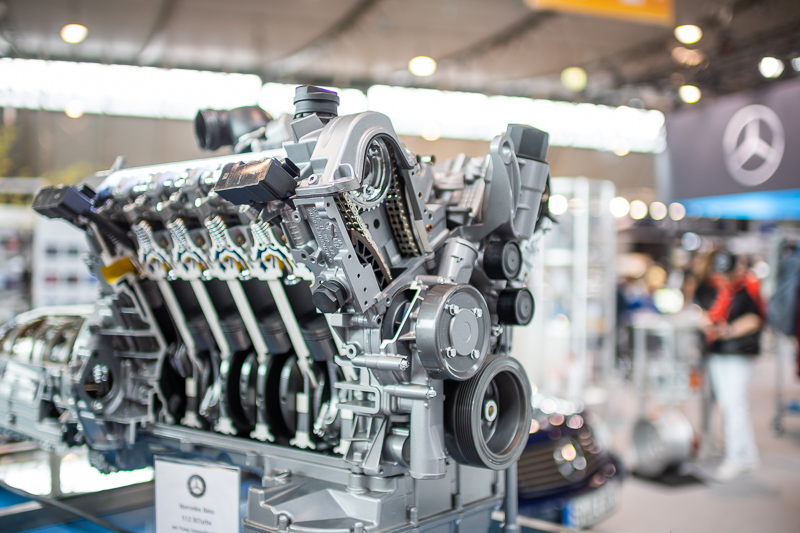
Generally there isn’t much for me to complain at these distances. Some modern lenses create a calmer bokeh with less double edged structures and show less longitudinal CA though.
Long distance
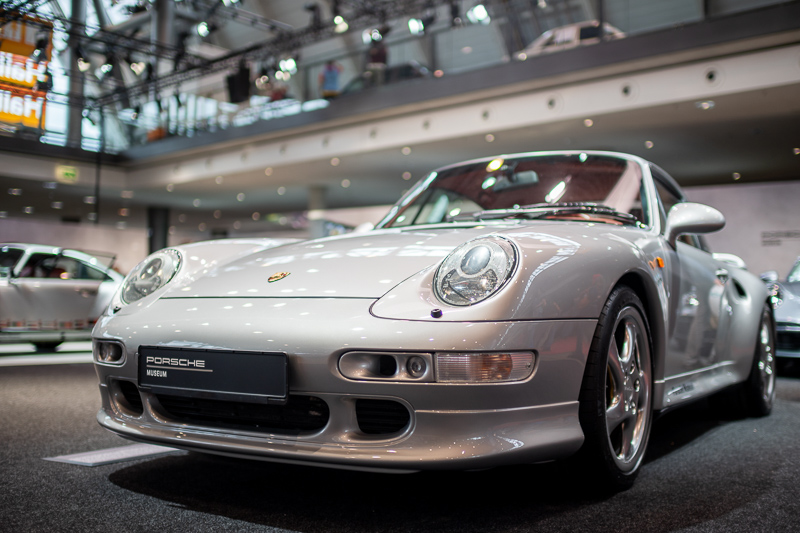
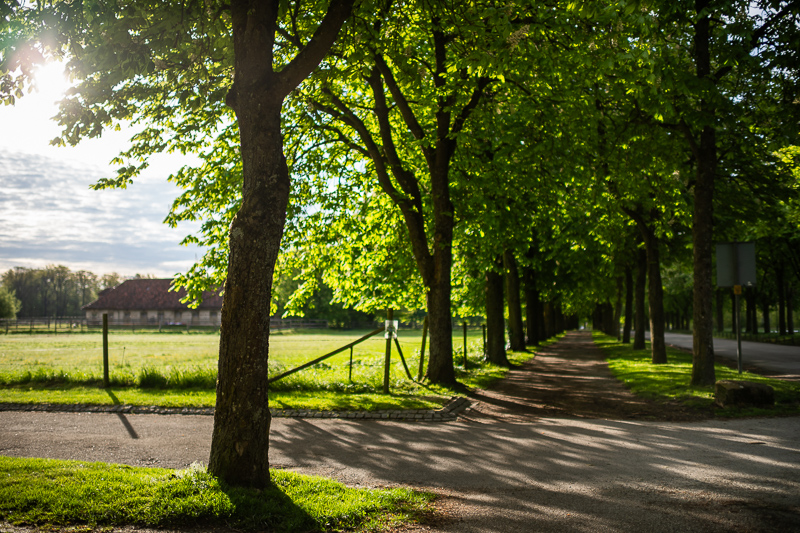

So where do I stand here? I think this lens does create generally nice bokeh, but at the same time I don’t see anything overly special that would make me pick it over one of the many great fast 35mm options we can choose from these days.
Sunstars
When it comes to 9 rounded aperture blades I have already seen good and bad sunstars from Nikon. While their later F-mount lenses (like the Nikon AF-S 28mm 1.4E) do pretty good some of the earlier ones (like the Nikon AF-S 24mm 1.4G) didn’t.
This 35mm 1.4G performs closer to the 24mm 1.4G, as the lengths of the rays don’t look perfectly even to me.
In blue hour scenes with the lens stopped down to f/8.0 to f/16 the sunstars still look pretty decent to me. If you want to learn more about this topic have a look at this article.
Chromatic aberration
lateral
The Nikon AF 28mm 1.4D and the Nikon AF-S 24mm 1.4G both showed a rather high amount of lateral CA and this 35mm 1.4G does not even feature any ED elements, so I expected the same here, but surprisingly that isn’t the case. Lateral CA are well corrected and nothing to worry about.
longitudinal
If you read some of my other reviews of Nikon’s f/1.4 AF-S lenses you already know: correcting longitudinal CA has not been the number one task of Nikon’s optical engineers during the AF-D and AF-S era. And that is definitely true for this 35mm 1.4G as well. It actually reminds me of some of the early Sony FE lenses (e.g. the 55mm 1.8 ZA or the 35mm 1.4 ZA), as those also showed strong green and magenta outlining in the out of focus areas.
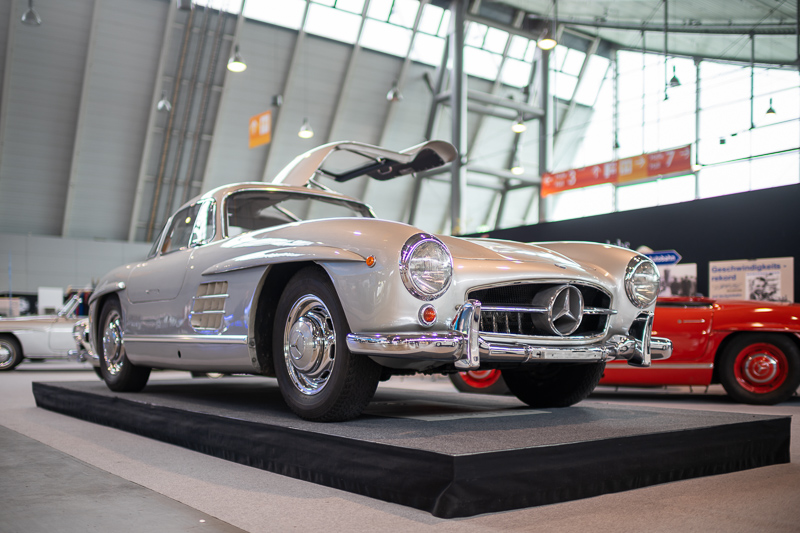
The picture above is one where you can easily spot the magenta and green outlining even from a far.
Also purple fringing can be an issue at wider apertures, similar to the other older AF-S f/1.4 lenses.
Conclusion
good
|
average
|
not good
|
Between 2010 and 2020 photography lenses got so much better and I think when looking at 35mm 1.4 lenses this is most obvious.
At the time this Nikon AF-S 35mm 1.4G was released in 2010, Canon still had their first generation Canon EF 35mm 1.4L USM in the lineup and it was by no means a better lens. Things only started to change, when Sigma released the Sigma 35mm 1.4 Art in 2012, the first lens from their “Global Vision” program, which already raised the bar noticeably.
Now if we look at the latest DSLR designs like the Canon EF 35mm 1.4L USM II (2015) and Tamron 35mm 1.4 SP (2019) or the latest mirrorless offerings like the Sigma 35mm 1.2 Art DG DN (2019) and the Sony FE 35mm 1.4 GM (2021), this Nikon lens almost looks like an outdated vintage lens in some of the categories.
It is certainly possible to still create nice pictures with this lens – I am sure there are wedding and reportage photographers who have been using it for more than a decade by now – but if you are looking for a 35mm 1.4 lens now, I find this one hard to recommend and also too expensive on the used market for its performance.
buy from Amazon.com | Amazon.de | B&H | ebay.com | ebay.de (affiliate links) for $1.699 (new) or $550+ (used)
Alternatives
Best have a look at our rather comprehensive guide on 35mm lenses for Sony FE cameras, which should give you a good overview of many 35mm options at different price points.
If you are a Nikon Z user it might also be worthwile to have a look at Martin’s 35mm comparison featuring e.g. the Nikon Z 35mm 1.8 S, Sigma 35mm 1.4 Art, Tamron 35mm 1.4 SP and also the manual focus Nikon 35mm 1.4 Ai.
Sample Images

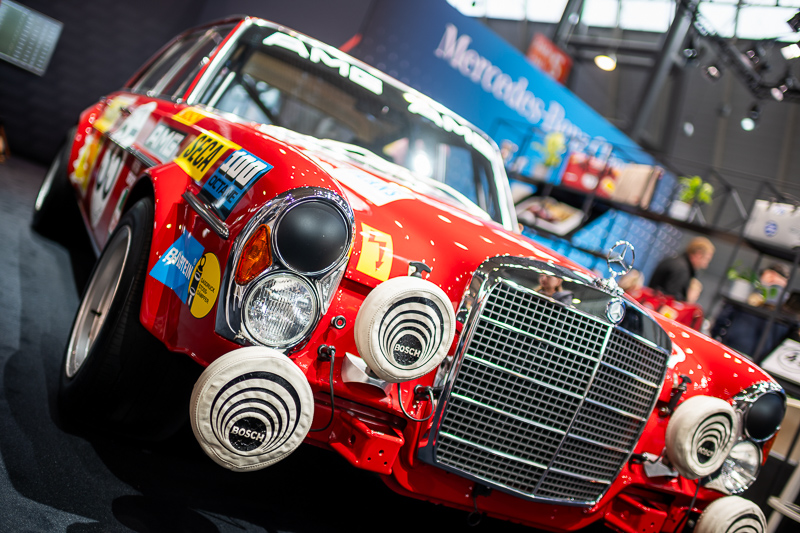


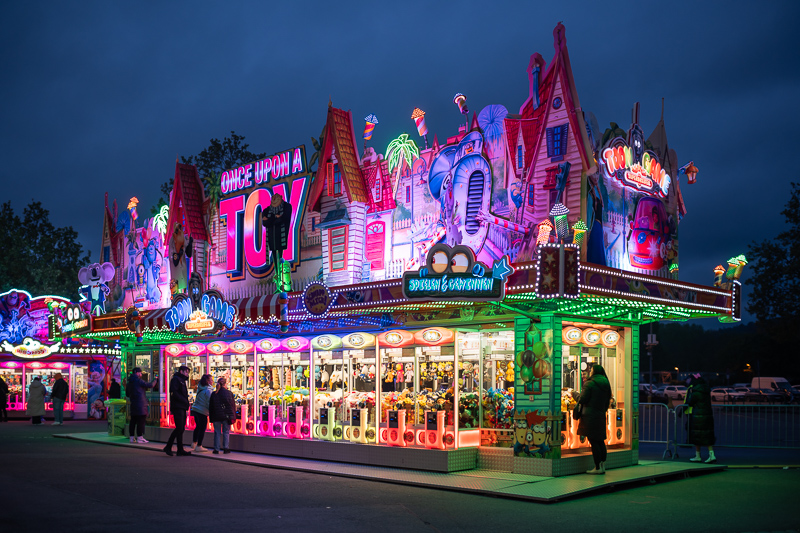
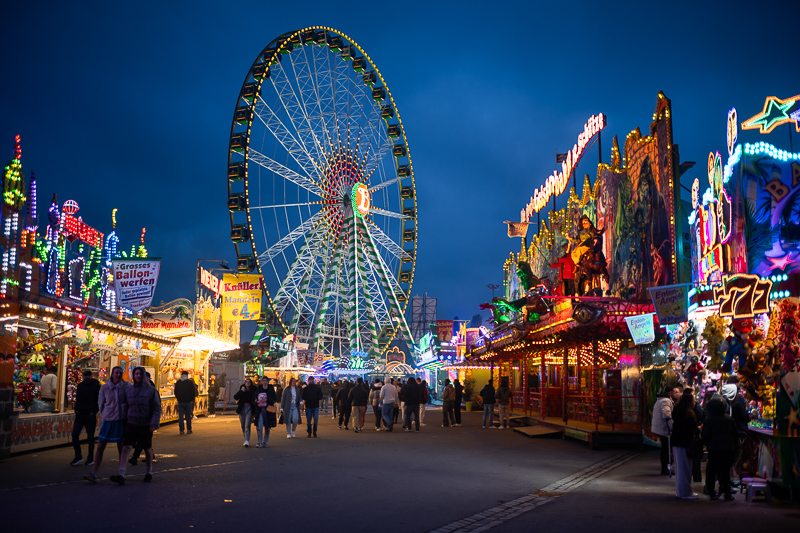
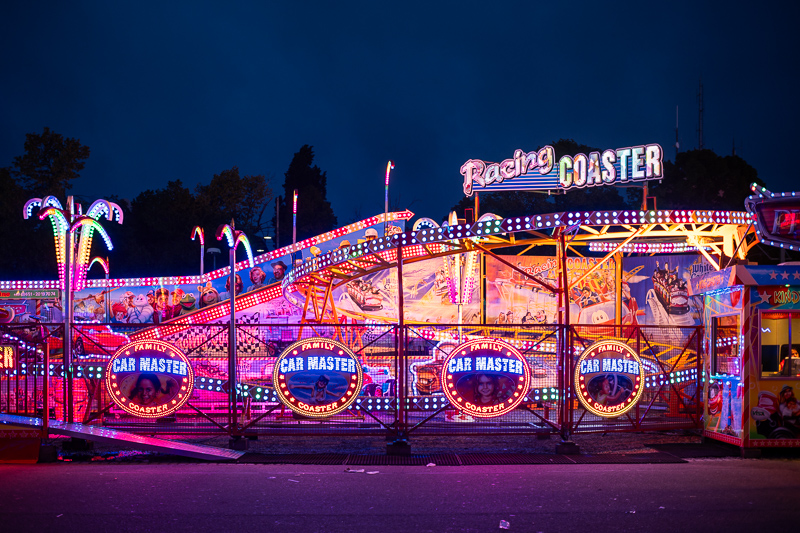
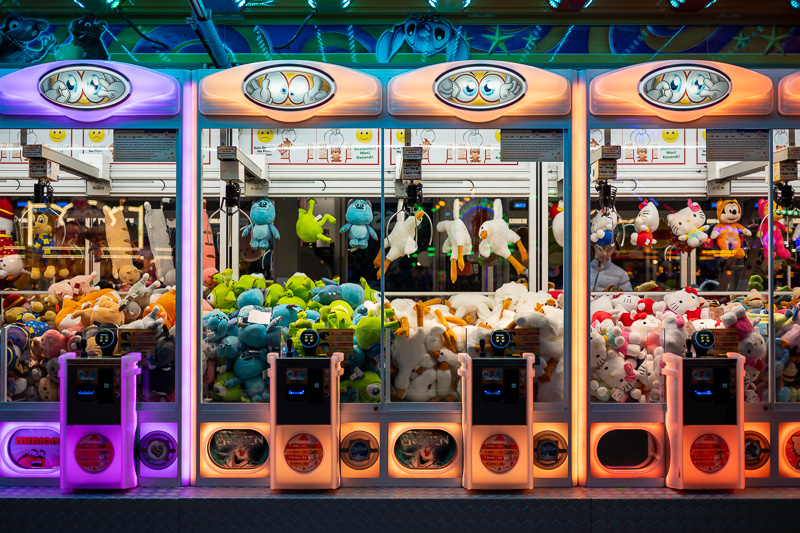

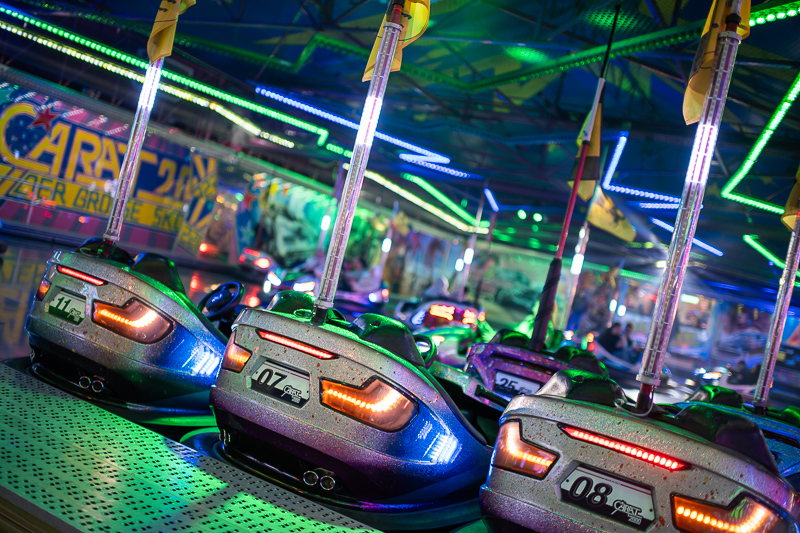
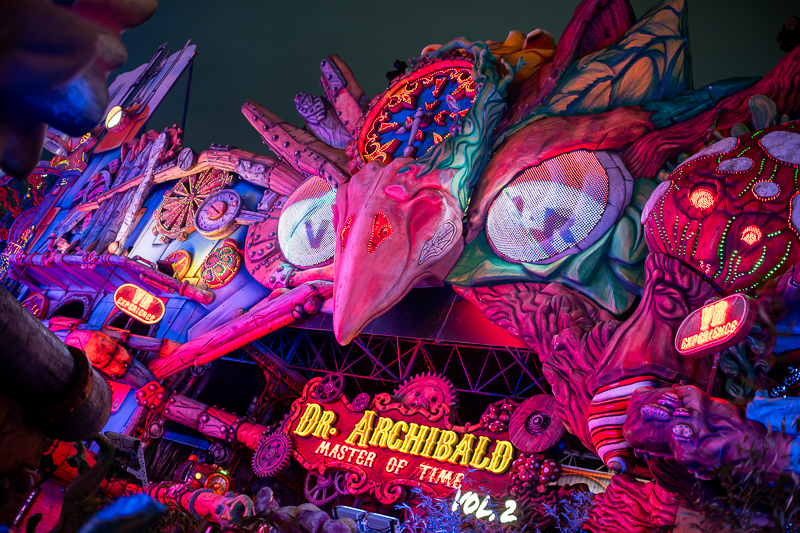
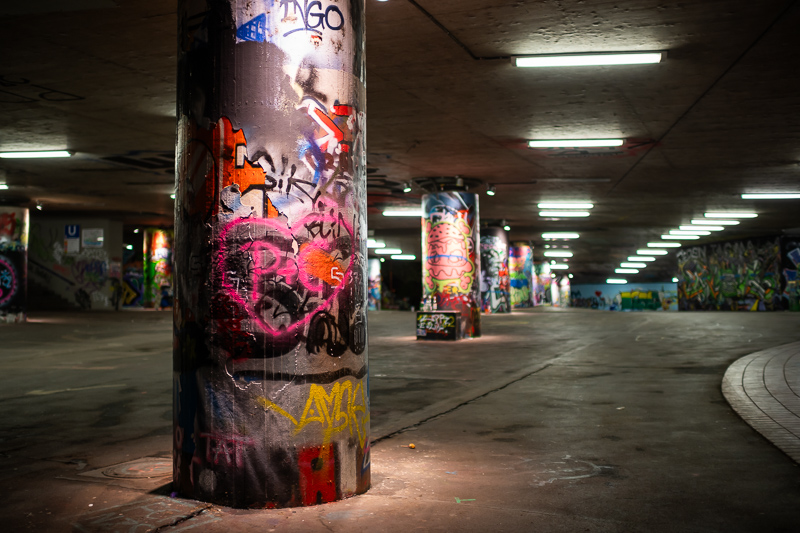
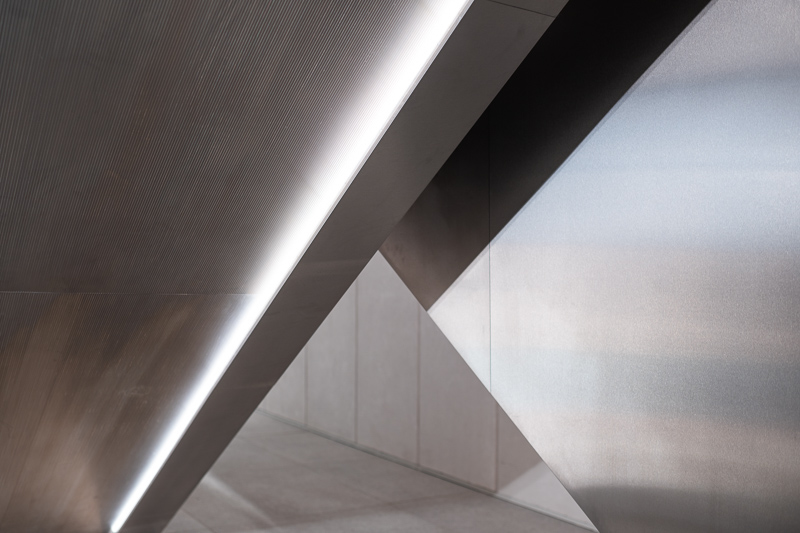
You can find many of the sample images in higher resolution here.
Further Reading
- Reviews of Nikon Lenses
- Review; Laowa 10mm 2.8 AF
- Review: Sigma 35mm 1.2 Art DG DN
- Bokeh Explained
- How to: Create Environmental Portraits
Support Us
Did you find this article useful or just liked reading it? Treat us to a coffee!
![]()
![]()
![]() via Paypal
via Paypal
This site contains affiliate links. If you make a purchase using any of the links marked as affiliate links, I may receive a small commission at no additional cost to you. This helps support the creation of future content.
Latest posts by BastianK (see all)
- Vivo X200 Ultra – The Death of the compact Camera - December 9, 2025
- The Rated list of the fast Nikon AF-S f/1.4 | f/1.8 | f/2.0 F-mount Primes - December 6, 2025
- The Best Fullframe Lenses from China - November 24, 2025




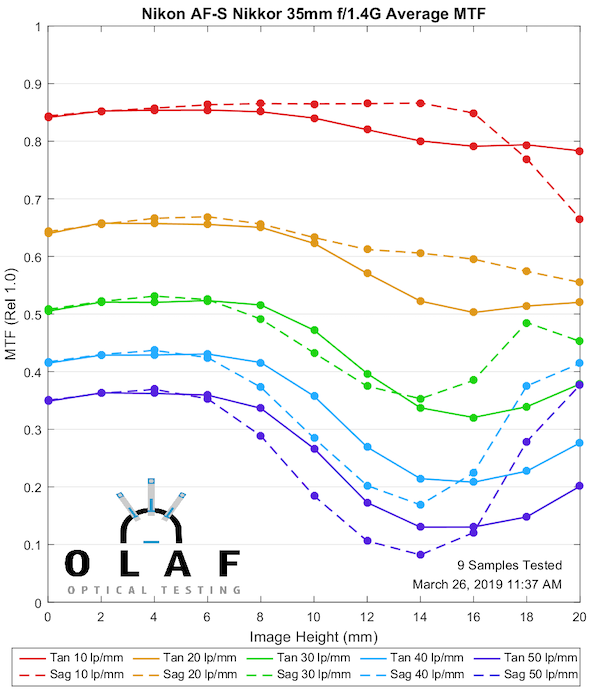
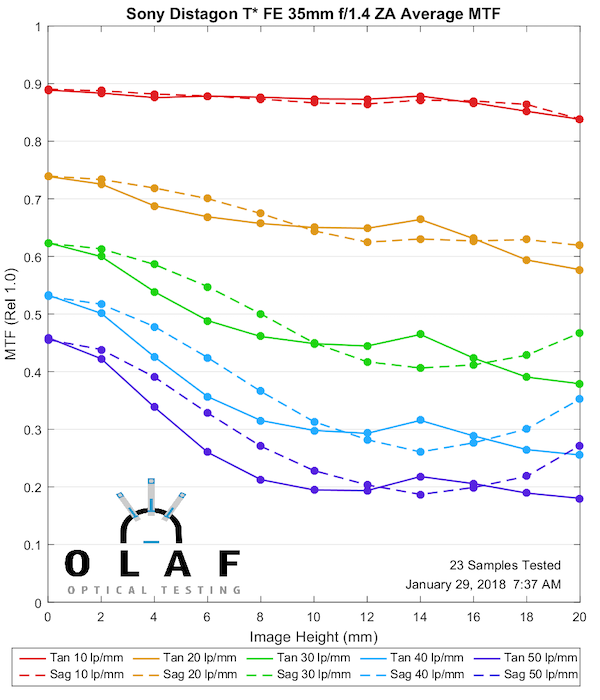
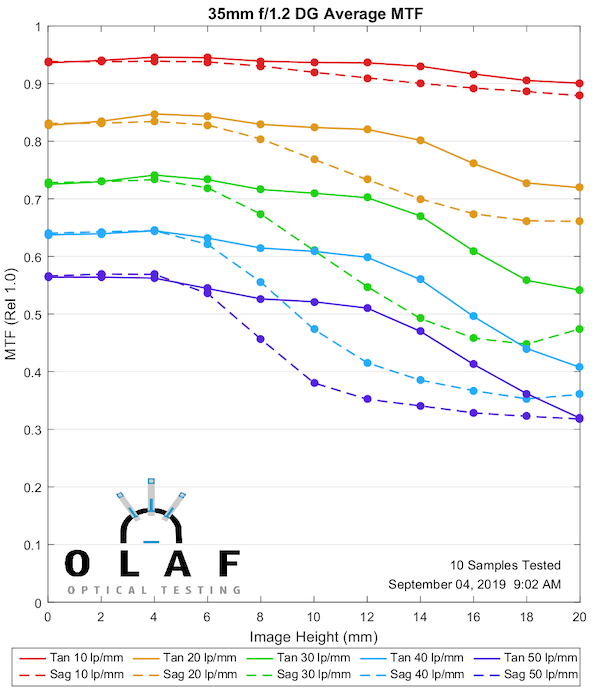
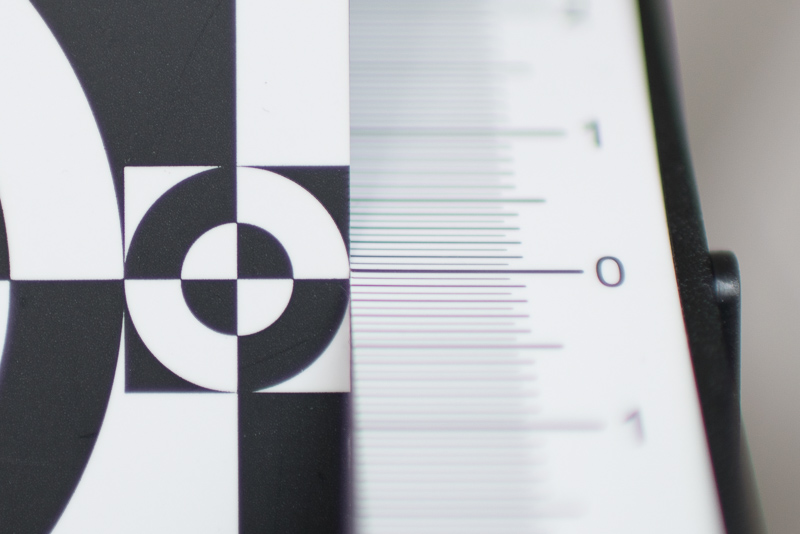
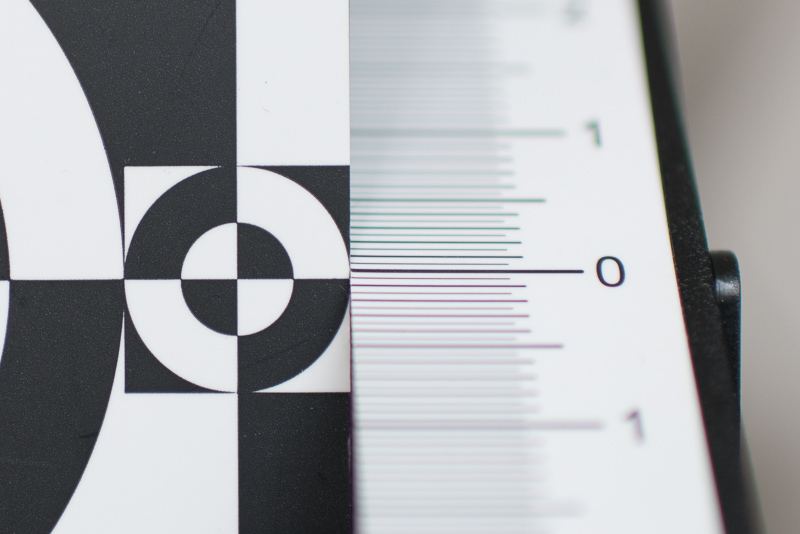
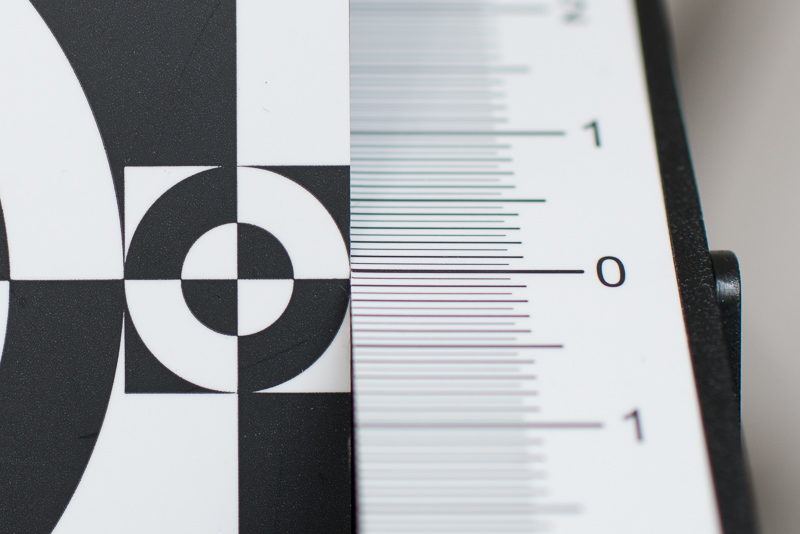
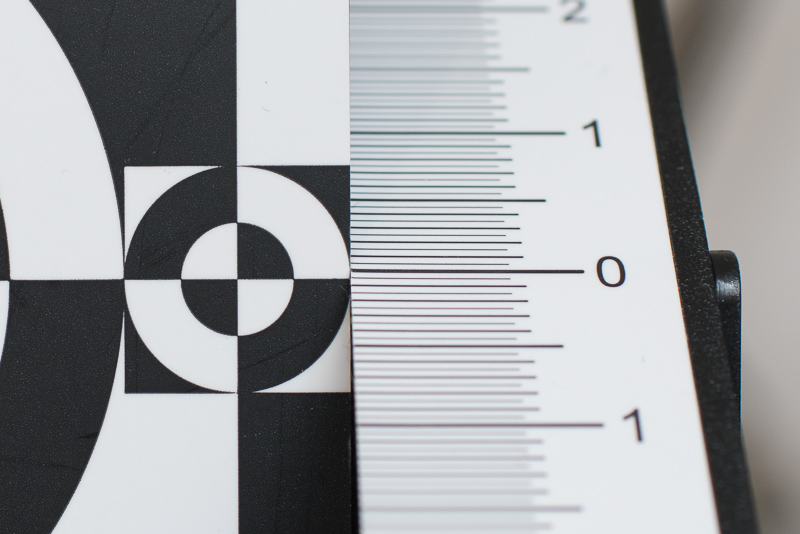
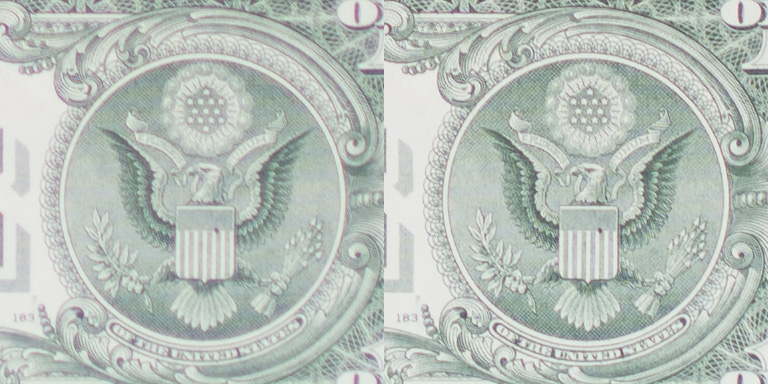
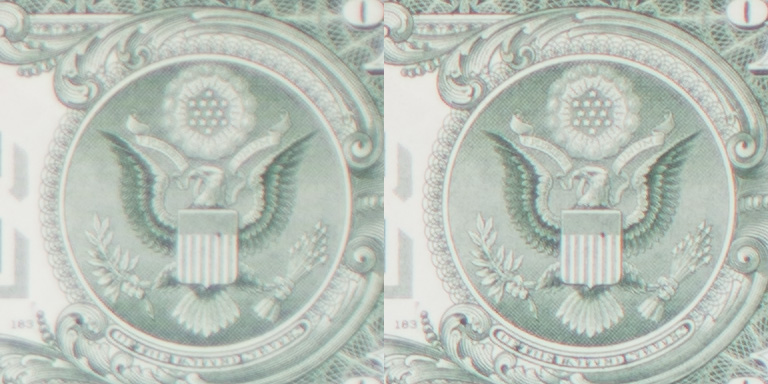




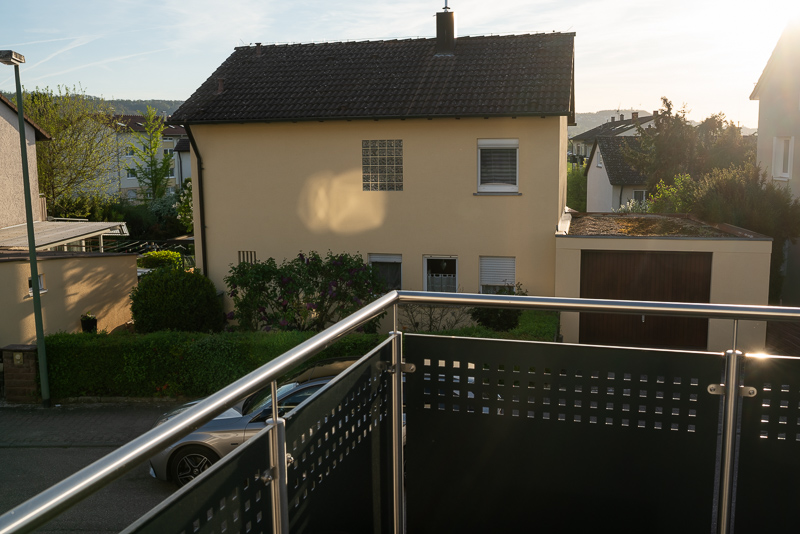
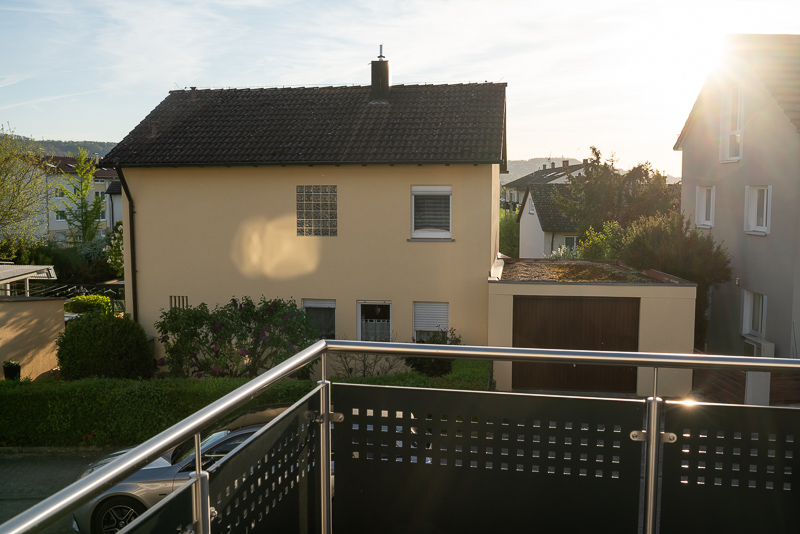
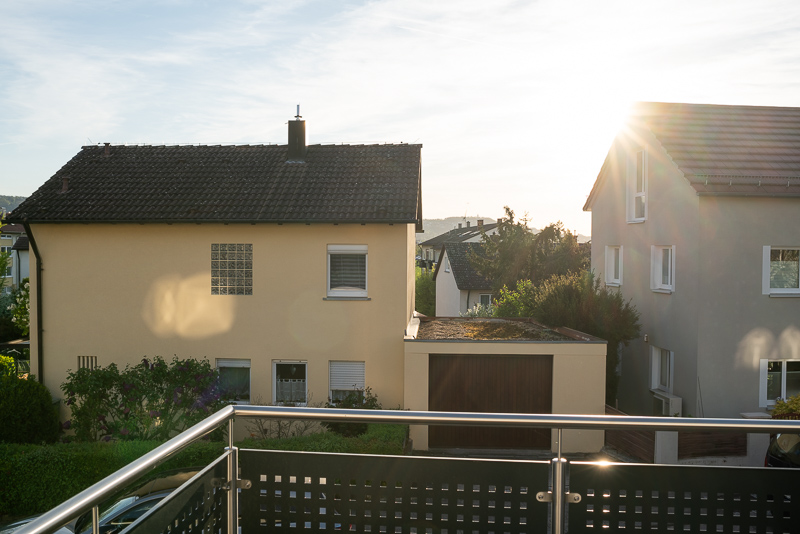
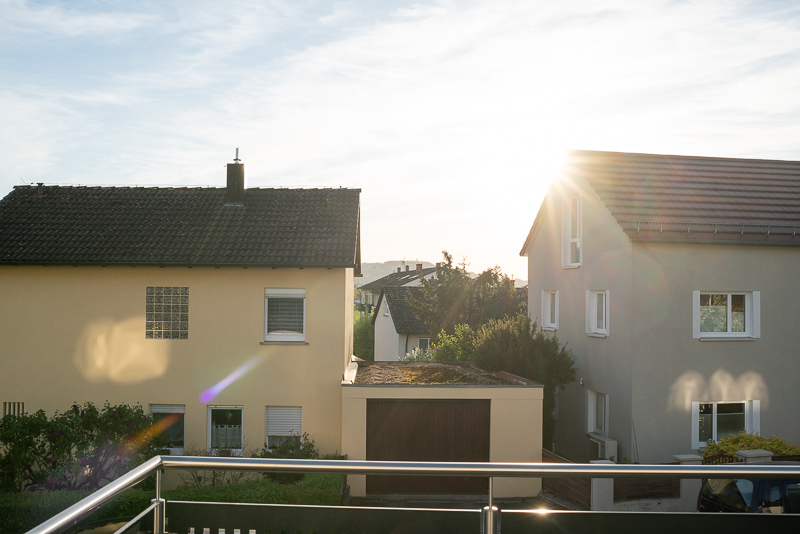
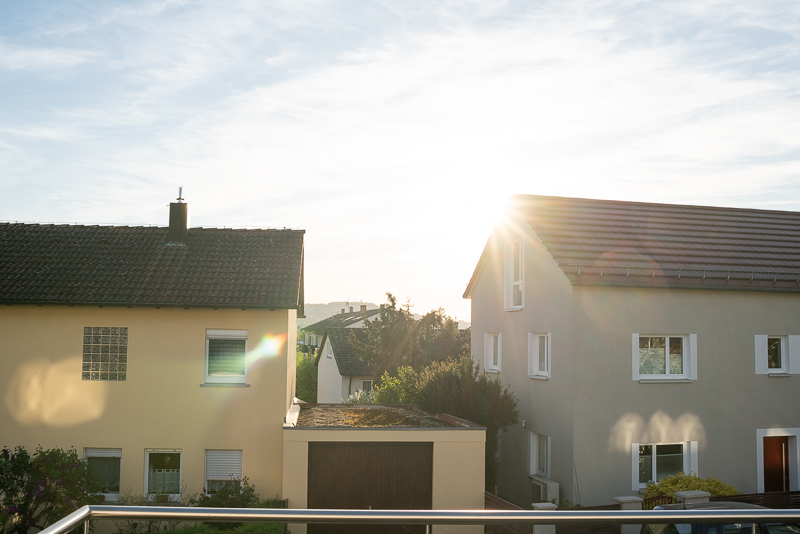
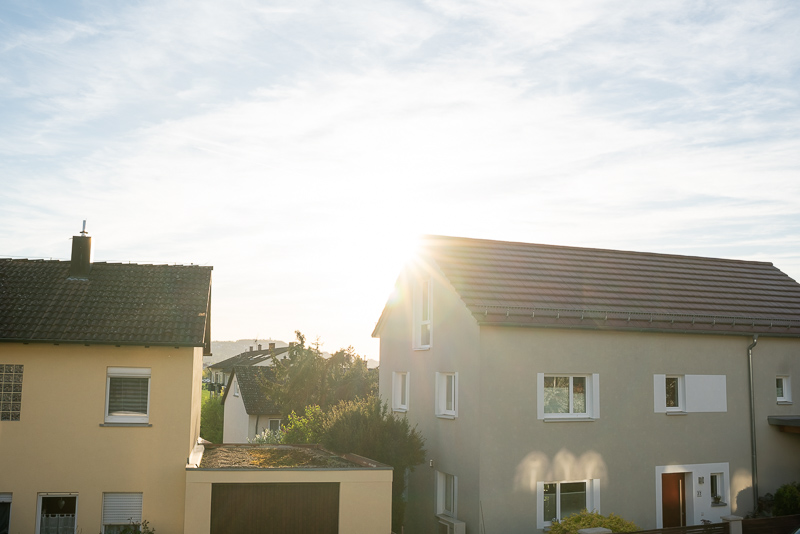
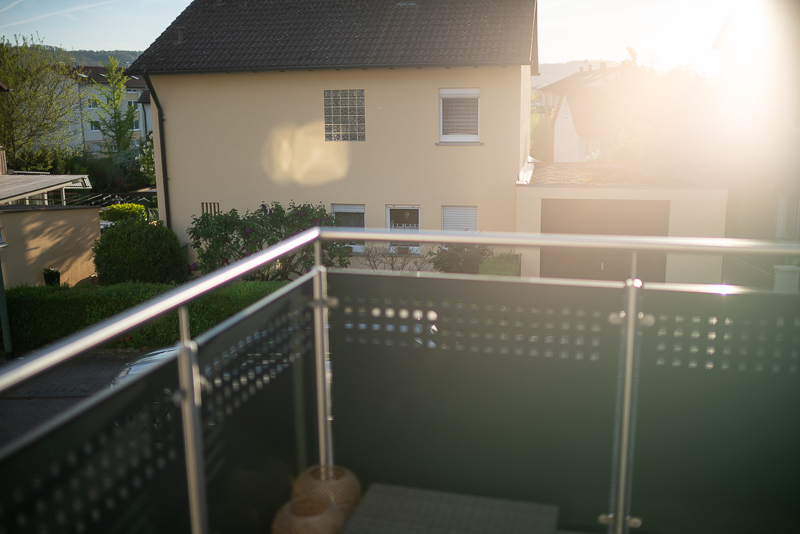
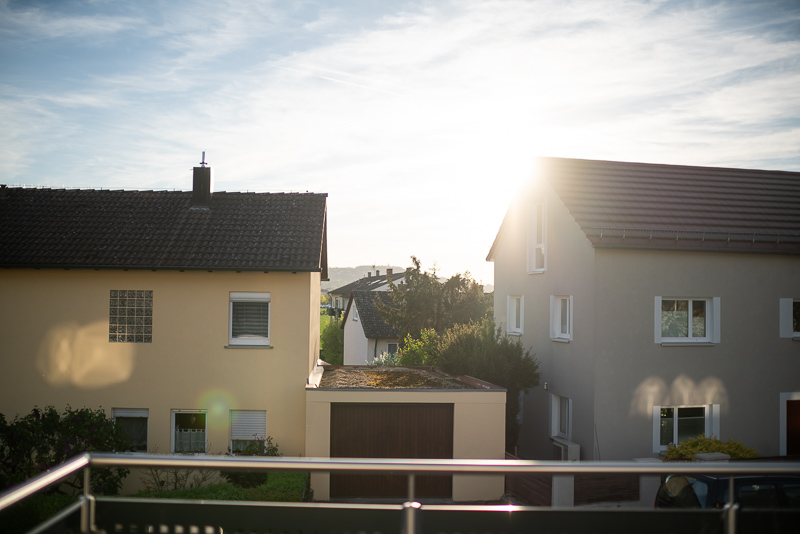
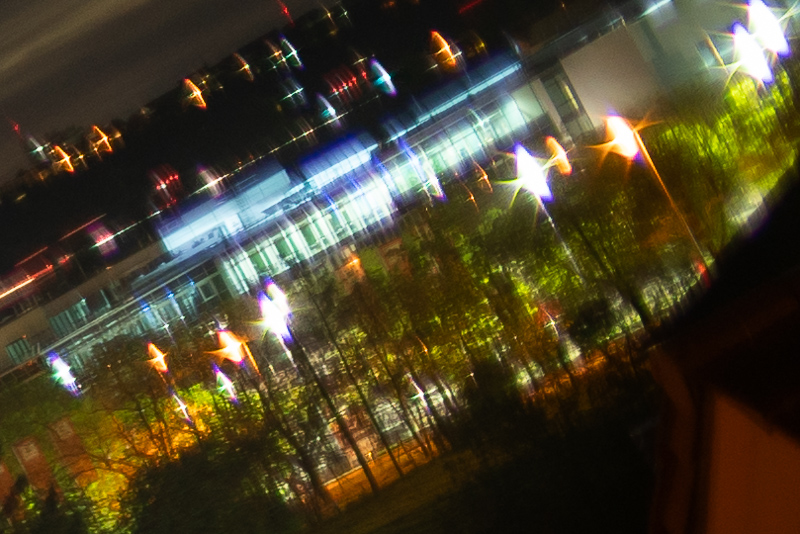
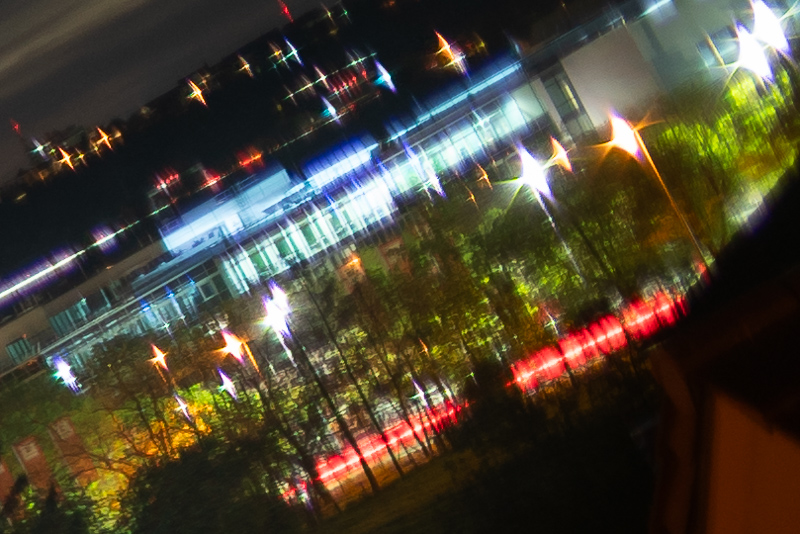
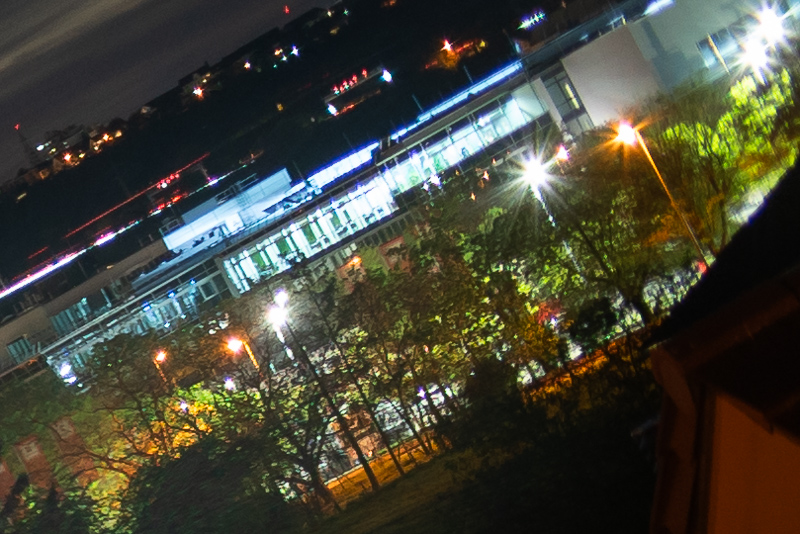
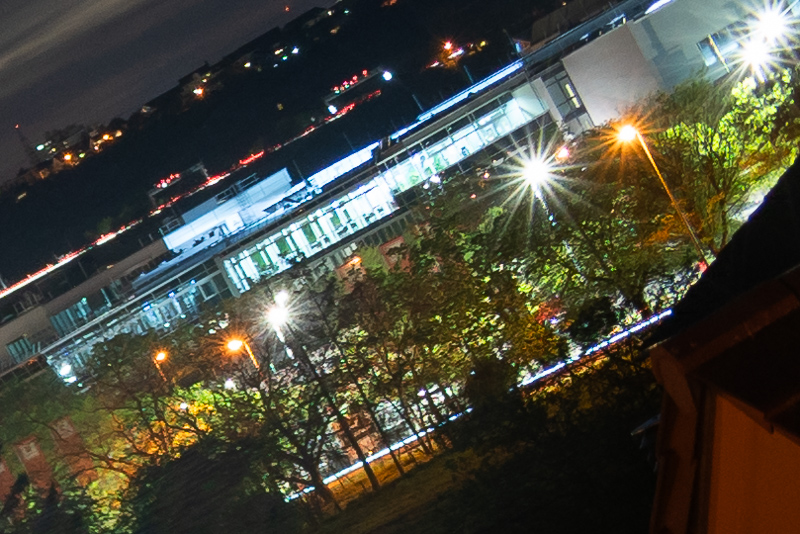
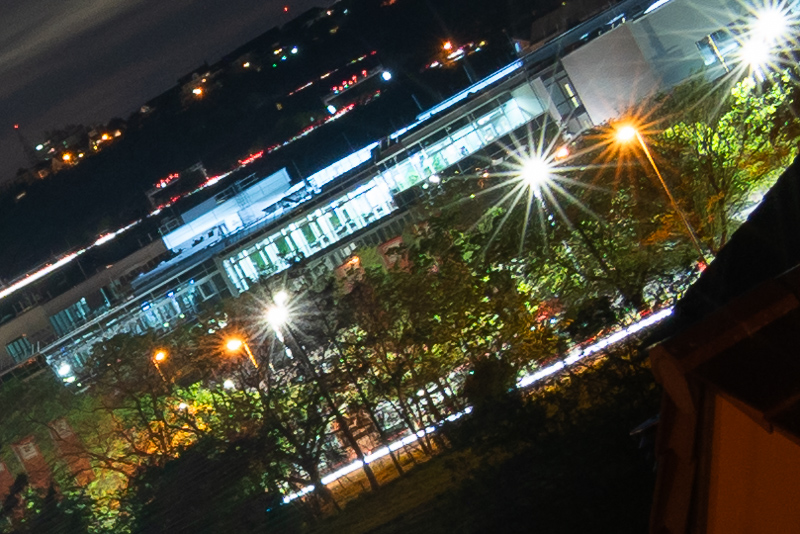

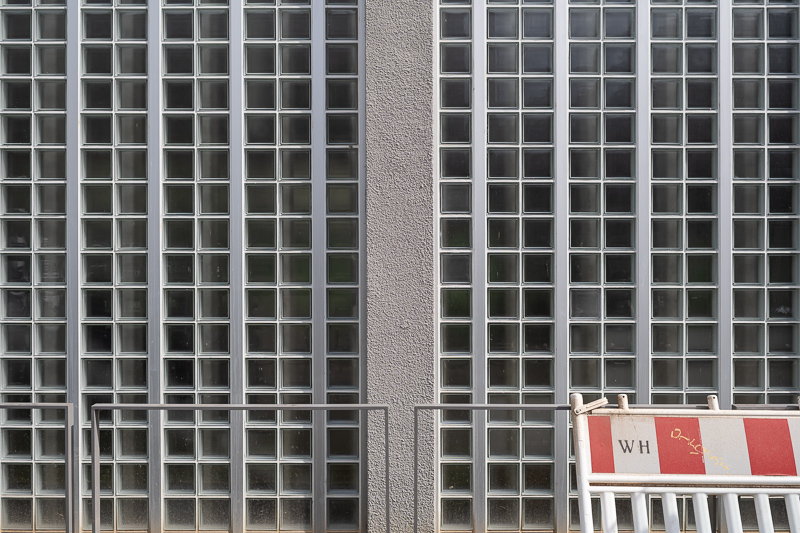
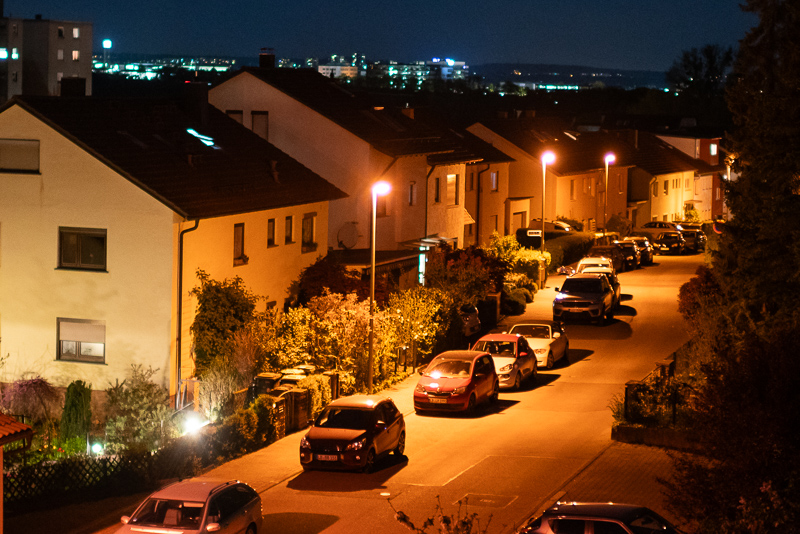
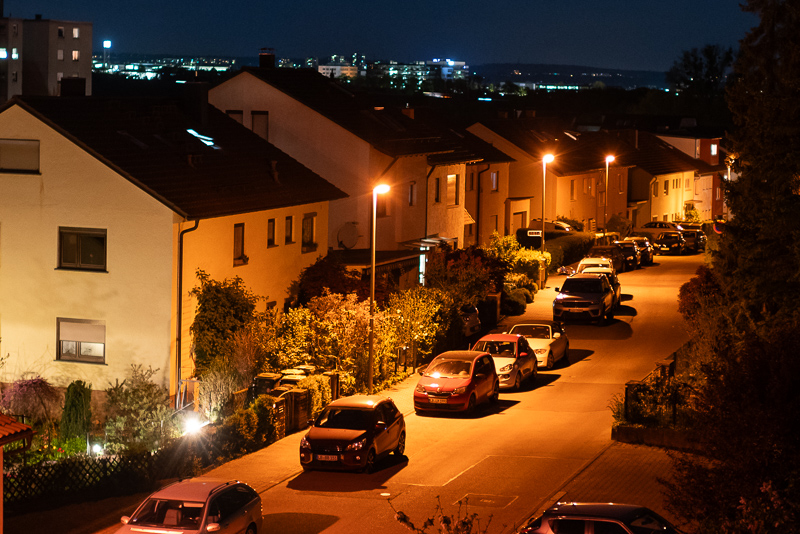
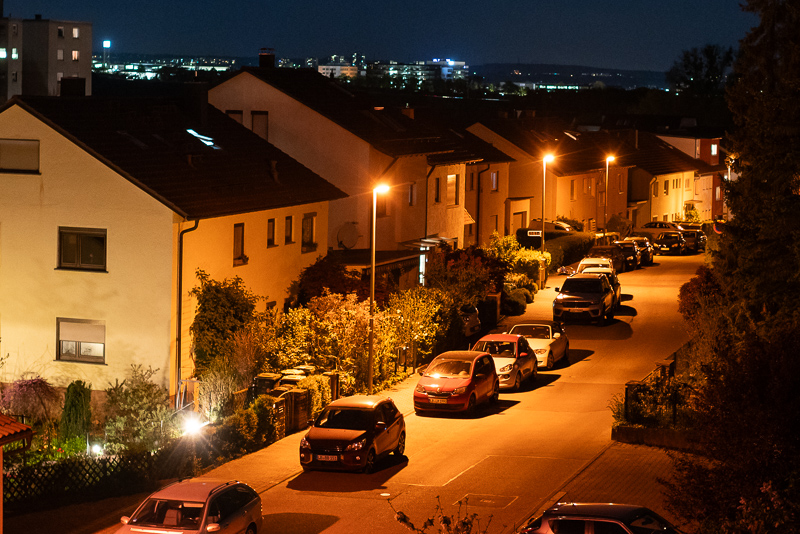
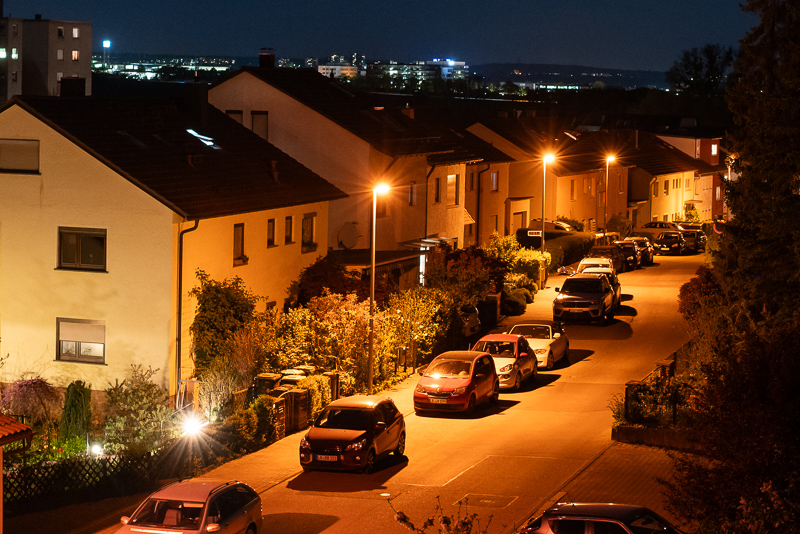
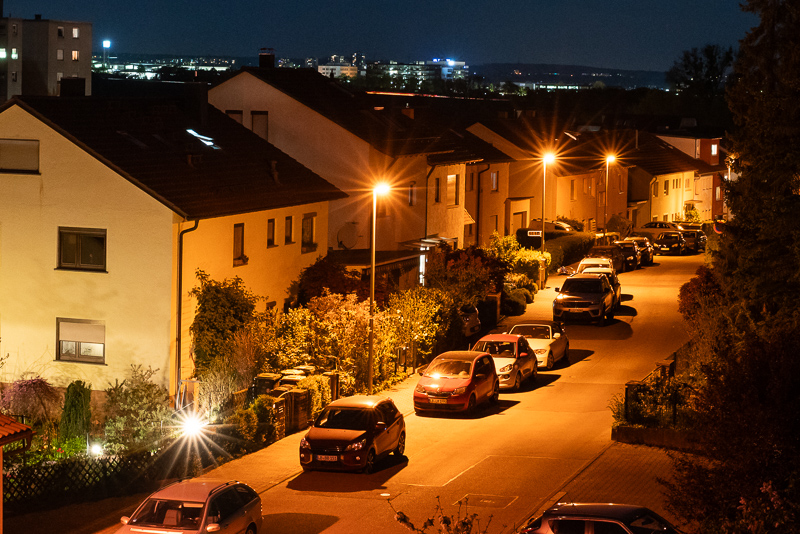
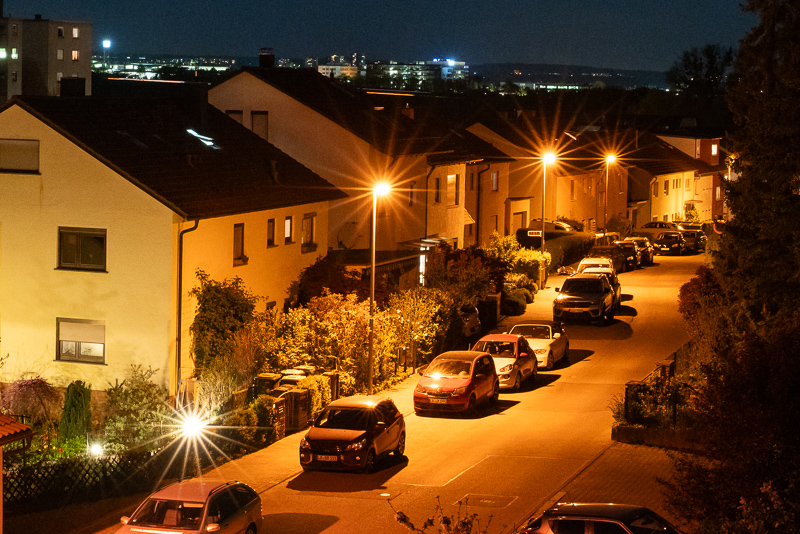
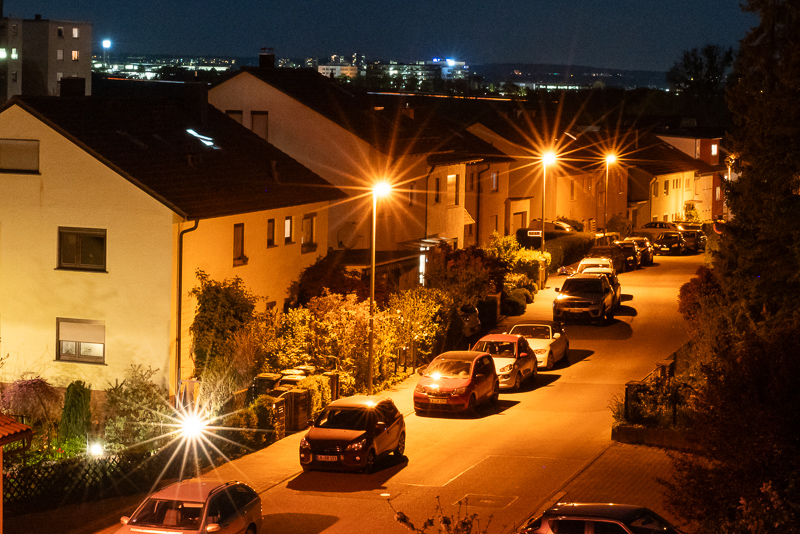
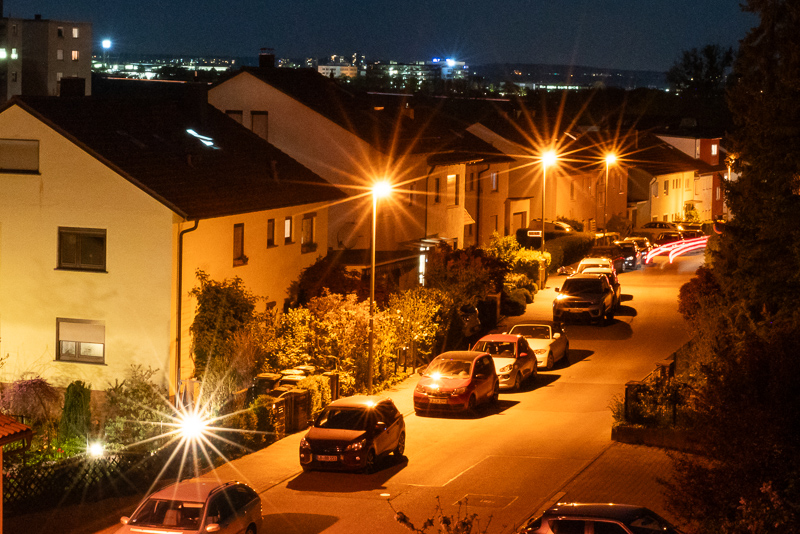
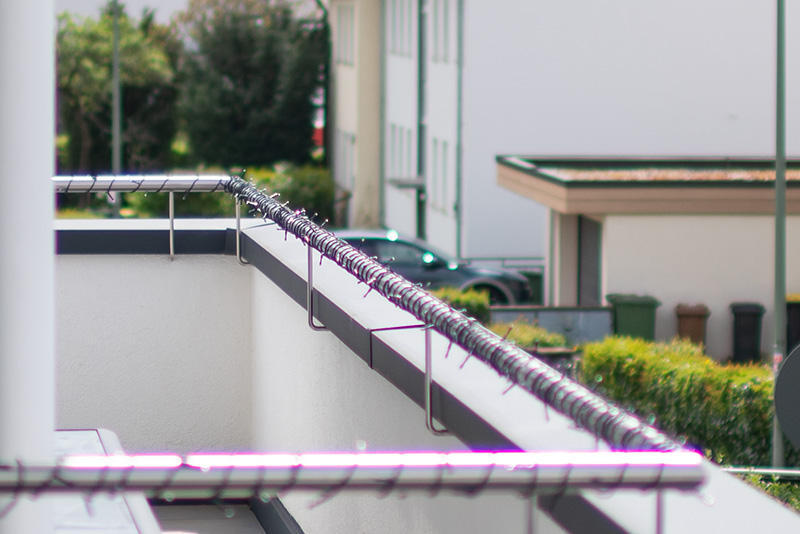
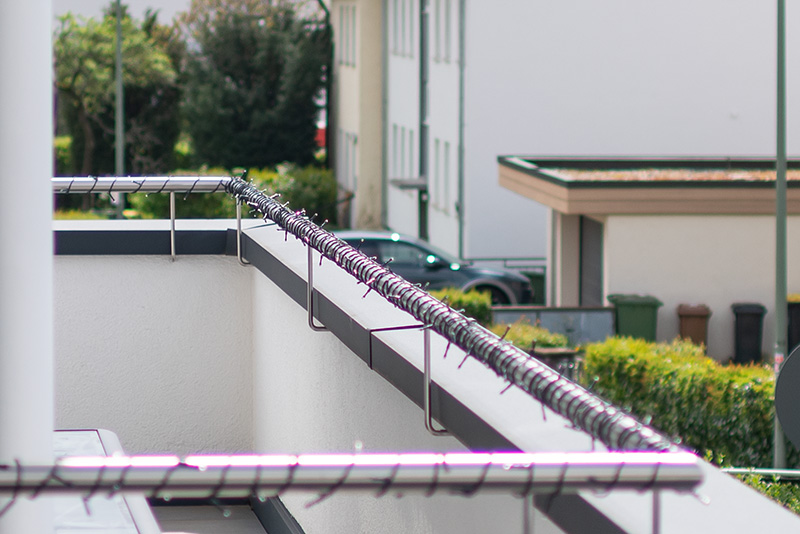
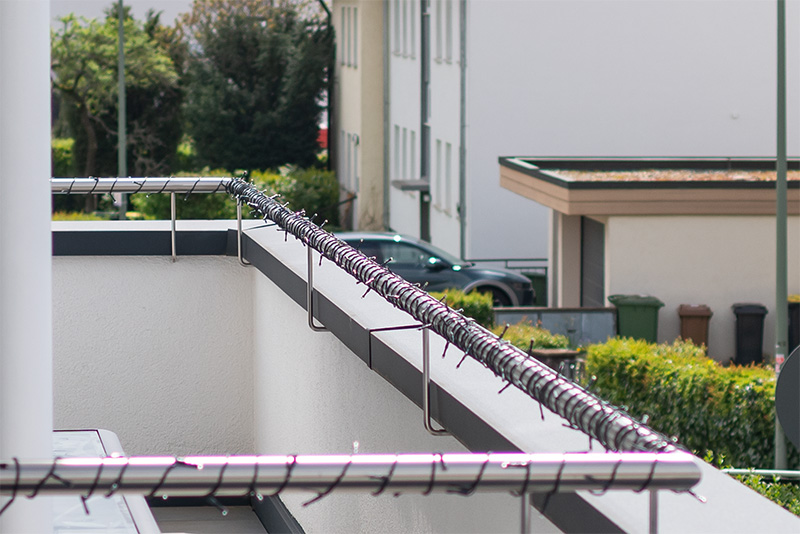
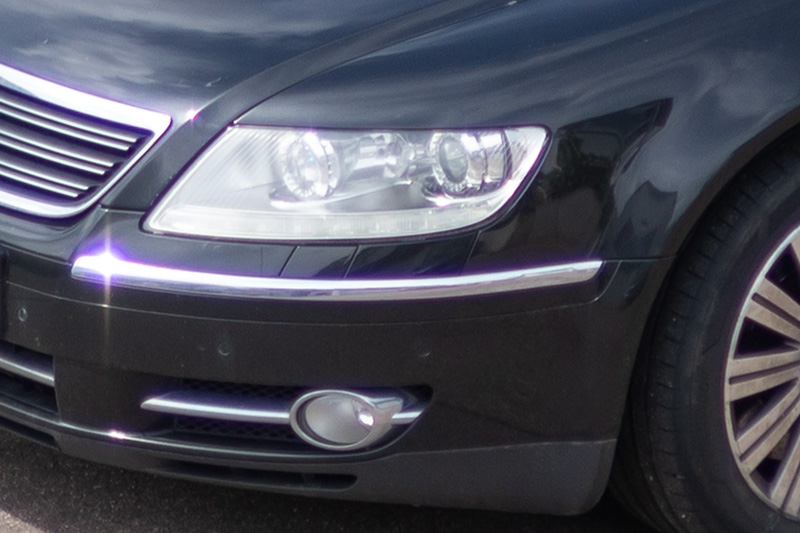
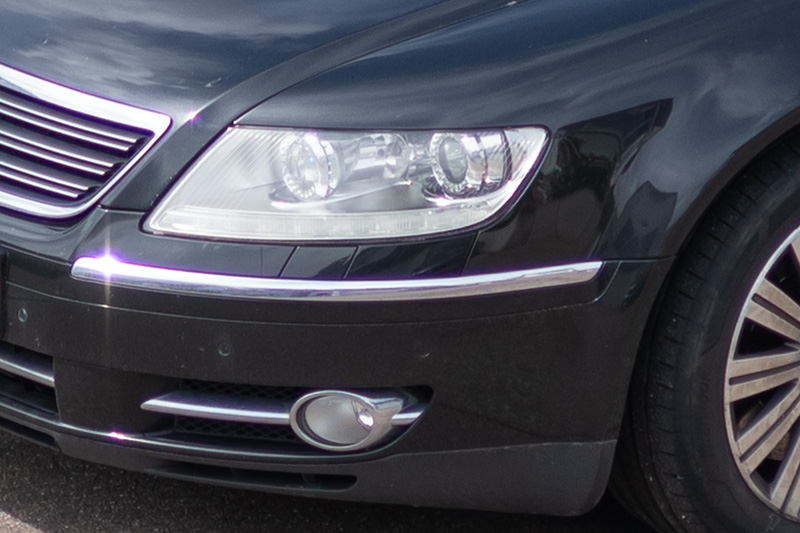
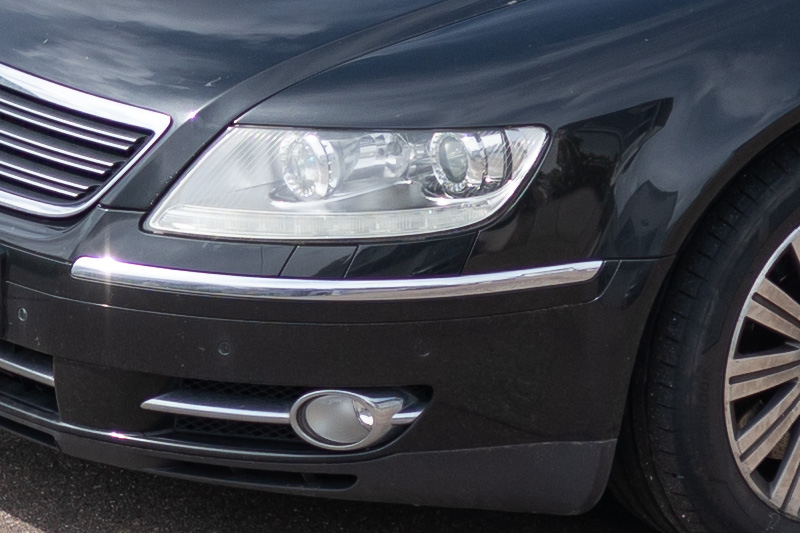
This year, Nikon released the Z35mm f/1.4. It is much better than the 35mm f/1.4G and costs less as a new one than the used 35mm f/1.4G.
The Z35mm f/1.4 is generally weaker than the Tamron 35 1.4. But 2.5 times lighter. I changed my Tamron 35 1.4 to a Z35mm f/1.4.
From what I have seen the Z 35mm 1.4 seems to be similarly bad as this old 35mm 1.4G. Not surprising, as they use similarly simple optical designs.
The Z f1.4’s are deliberate character lenses and actually retail for less than the f1.8 S-line lenses for that reason. Great values, but intentionally imperfect.
They’re an answer to complaints that the S-Line f1.8 primes are too expensive, too large for their speed & too clinical.
The Z35/1.4 is a mild upgrade over the older G lens, but also deliberately similar in rendering & optical abberations, the Z50/1.4 is however a major upgrade from the G equivalent (but that’s more commentary on how mediocre Nikon’s F mount 50/1.4’s were)
The optical design of the Z35 f/1.4 is more complex and simpler than that of the 35 f/1.4G.
10 elements in 7 groups (with one aspherical lens element) versus 11 elements in 9 groups (including 2 aspherical lens elements).
And in the picture, he’s a cut above his ancestor. At f/1.4, using a Z7 in the center, I caught moire.
The main difference between the Tamron 35 1.4 and Z35 1.4 is in the corners and edges of the frame. The novelty has significantly less contrast, and the MTF charts clearly show this. There is also less sharpness in the corners and edges.
But the Z35 1.4 has no onion rings in the glare)
For me personally, the lower weight and size turned out to be more valuable than the contrast and sharpness in the corners at open aperture values.
That is only half the story. The Z 35mm 1.4 has a lot of field curvature leading to pretty unsightly bokeh at longer focus distances.
And the Z35 f/1.4 has a good 3D drawing)
About problems with bokeh in a number of scenarios. I know. Researched it. But the trick is that I don’t use it in such scenarios. I have a Z50 f/1.8S for this.
In portraits, I need to reduce the distance to the model from a 35 mm lens in order to make it visually thin, and then the side effect turns out to be good. And also a 3D drawing. And I got everything I personally need. Plus, there are quite round highlights even in the corners. That’s really impressive.
In the landscape, when using the 35mm focal length, I don’t need the side of the word at all. That’s when I shoot at focal lengths of 85 millimeters or more, then yes.
And if I need to shoot people without trying to change their complexion, then I wear the Z50 f/1.8S. It’s just better at everything, and the f1/1.8 aperture is enough for me. Although when the Z50 f/1.4 appears on the used market, I will also buy it and personally compare it.
But I repeat. The Tamron 35 1.4 is better except for the stronger cat’s eye effect and onion rings in the glare. But with the adapter, it weighs 1020 grams. The Z35 f/1.4 weighs 476 grams. They are more compact and balanced with the Z7. But the Tamron 35 1.4 is not. Everything was acceptable on the D800. Not with the Z7 anymore.
And I repeat the main idea. According to the sum of all criteria, the Z35 f/1.4 is head and shoulders better than the 35 f/1.4G.
Good to know you are bending backwards to meet the limitations imposed by your Nikon gears, just like your fellow Nikon users that we often see on forums.
Oh, yes! Nikon has been delaying the release of this diamond for a long time. I had to use a third-party solution.
But that year they finally released what so many Nikon owners wanted. A compact, cheap lens with an aperture of 1.4.
From what I can buy new and whose weight is no more than 20% less than the Z35 1.4 (prices in dollars without taxes in the USA and adjusted for inflation) :
Sony FE 35mm F1.4 GM, price 1400, weight 524 g.
If they abandon the weight limit:
Samyang AF 35mm f1.4 FE, price 630, weight 659 g.
Samyang AF 35mm f1.4 FE II, price 800, weight 659 g.
Sigma 35mm F1.4 DG DN Art, price 899, weight 640 g.
Sigma 35mm F1.4 DG HSM, price 900, weight 665 g
. Tamron 35 1.4, price 900, weight 815 g.
Sony Zeiss Distagon 35 mm F1.4 ZA, price 1600, weight 630 g
. Canon 35mm F1.4L II USM, price 1800,weight 760g.
There is also the Canon RF 35 1.4L with its price of 1,500 and weight of 548 g.
In the dry balance. We have the lightest and cheapest new lens with a focal length of 35 millimeters and an aperture of f/1.4, which has several compromises.
I’m going to suffer and suffer)) Oh, the horror of it is, in a number of use cases, it has problems with the side on the edge of the frame. What a nightmare…
Thanks for the review! Despite the shortcomings, I do think the end rendition is nice still. It looks more natural looking than the GM for example. I know I’m different, but I would prefer this lens for that reason. Sometimes when lenses are technically perfect, it is at the cost of beautiful rendition. Sometimes lenses that suffer from CA end up being my favorite for this reason. Though this lens doesn’t seem to have aged as gracefully as the 28/1.4E or the 20/1.8G. I think the former 2 are very well balanced in this regard. Overall I agree that it’s hard to make a case for using this lens on mirrorless because of the size, price of an AF adapter + all of the alternatives.
For the response above. I have both Nikkor 35mm f1.4 G and Nikkor Z 35 f1.4. If we are not meassuring sharpness, aberrations etc. Subjectively I prefer old 35 1.4G and I think it is better lens than new Z version if you want to make beautiful picture straight out. On Z 35 1.4 the bokkeh looks strange and there Is huge problem with field curvature, I am using the Z version only as replacement for 40/F2 and need to be light as possible or for video, because it focuses slightly better.
I used G 35/85 combo for 10 years and if you want replacement for 35G Its probably only 28 f1.4E if you stay in Nikon camp.
If I have to choose between 35G or 35 Z for wedding job, I would take old G all the time.( I am using 28 1.4E and Z 50 1.2 now)
Your review highlights how far lens technology has come in the last decade. Do you think lenses like this hold a special place for enthusiasts who prefer a more classic rendering over the clinical perfection of modern optics?
Absolutely. I personally prefer the look of some of these “AF-S era” lenses to that of the latest designs.
Hi! Still waiting for the voigtländer 90mm APO review!??
It is among the finished but not yet published reviews.